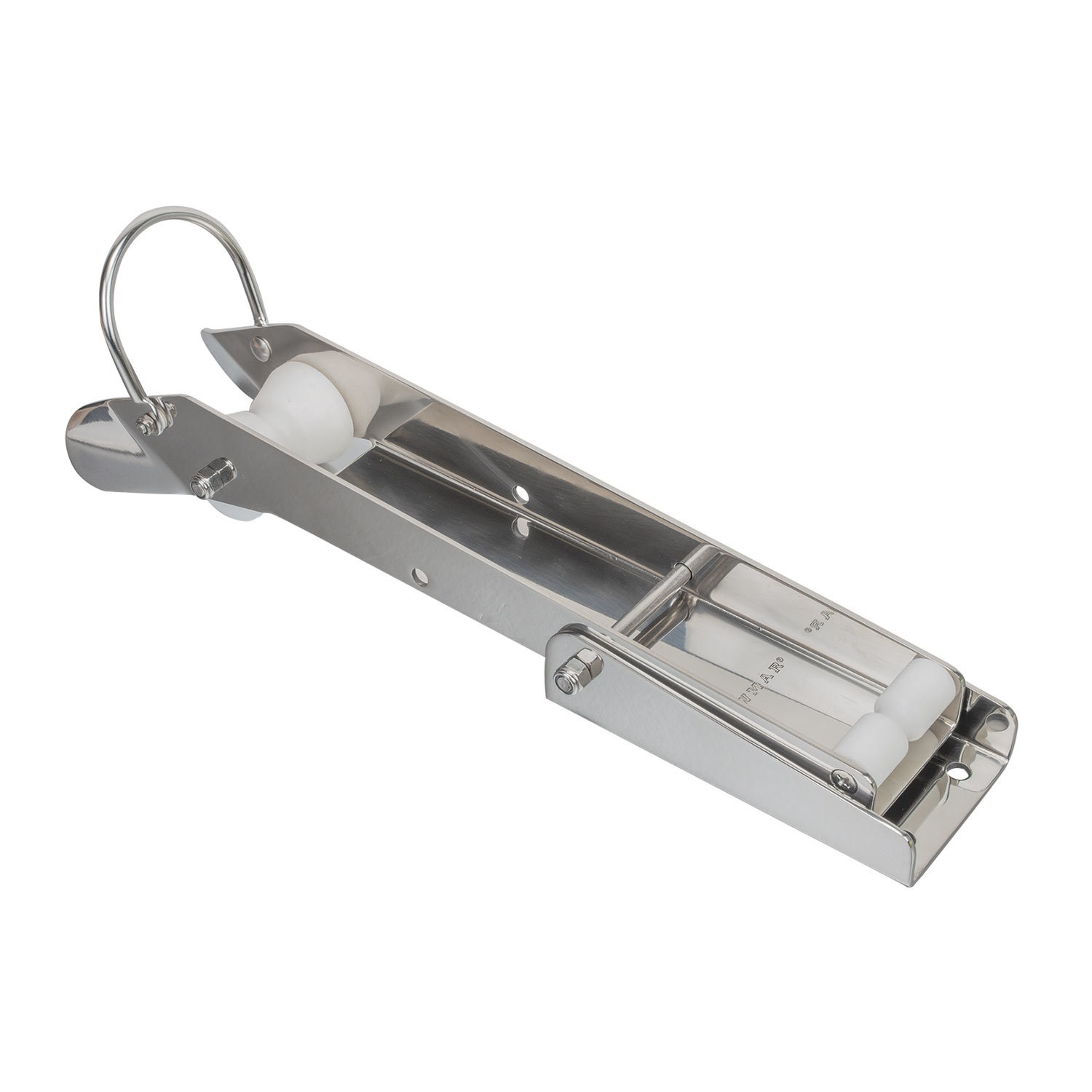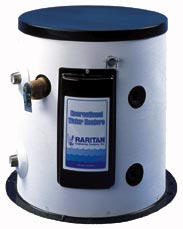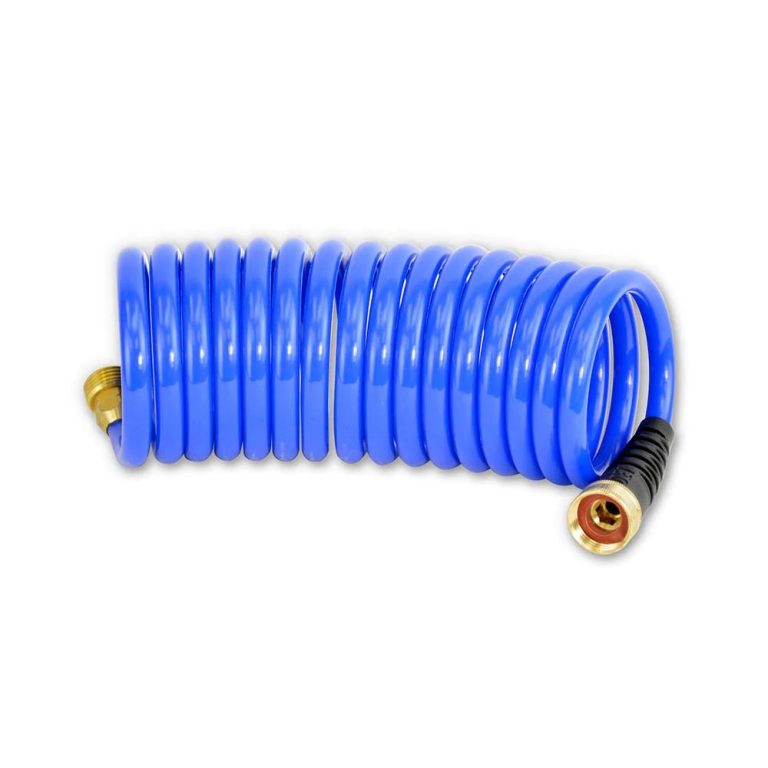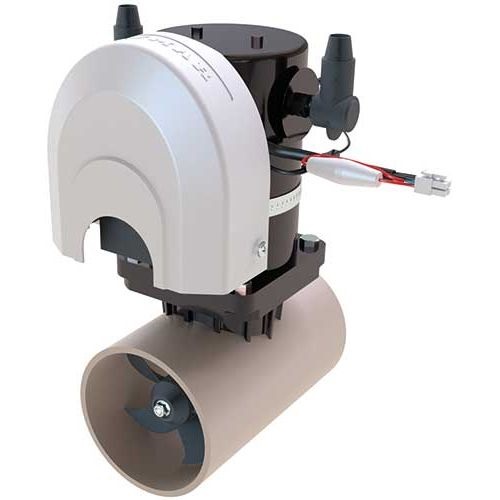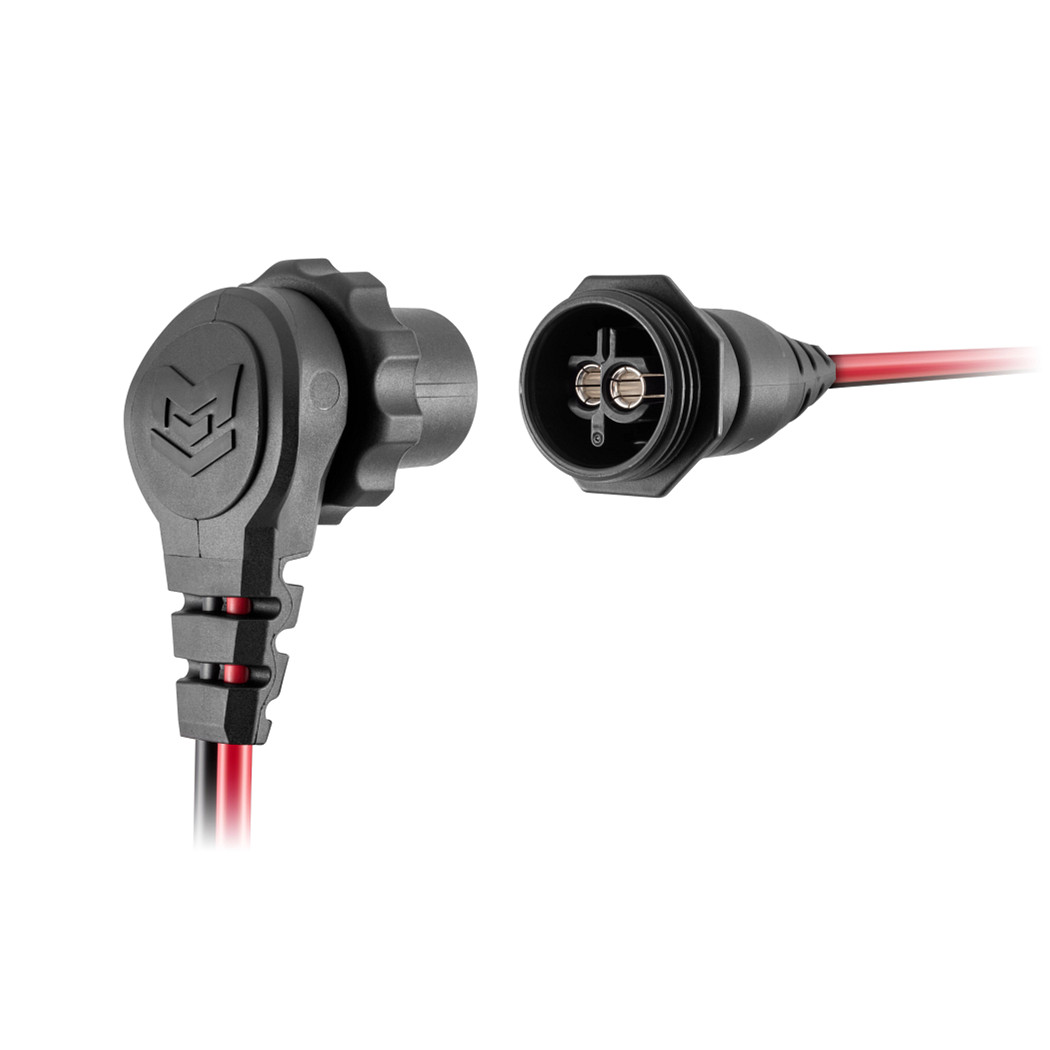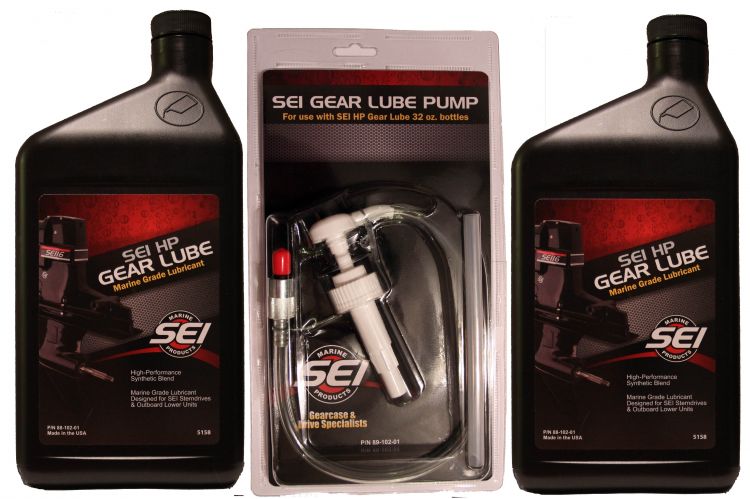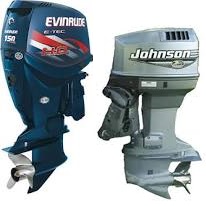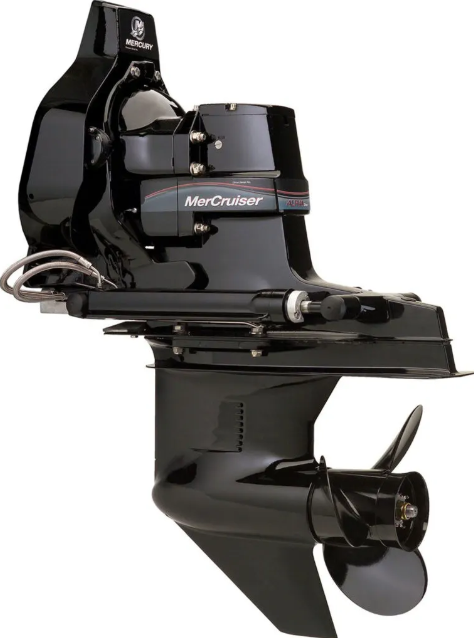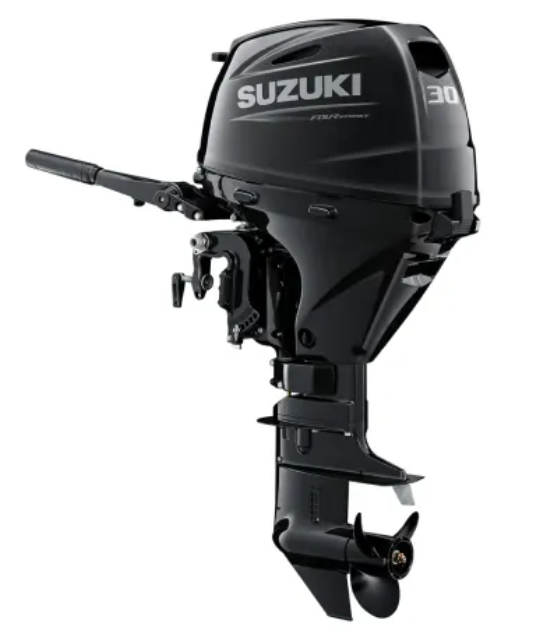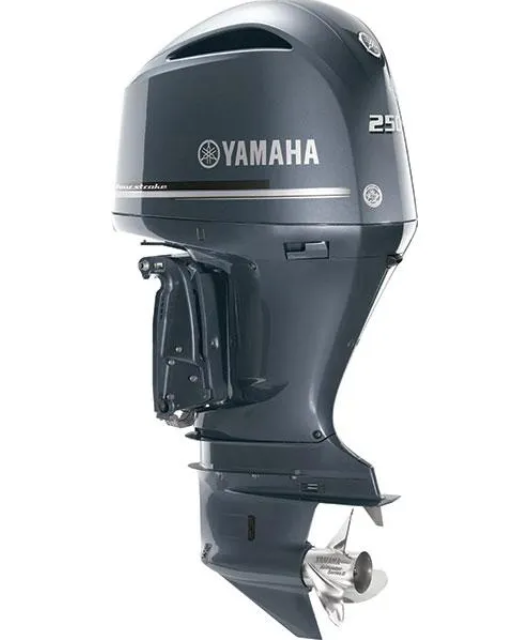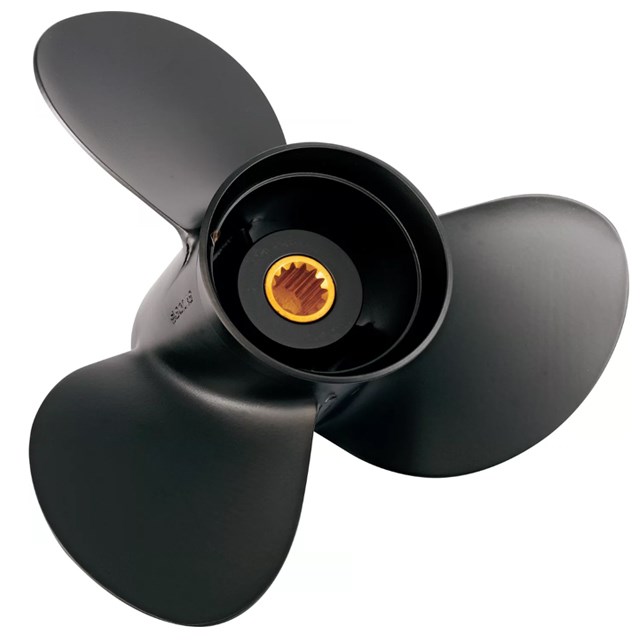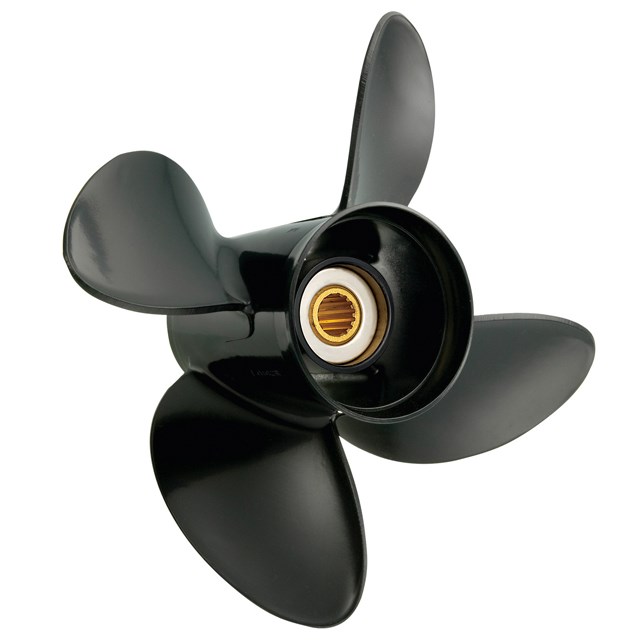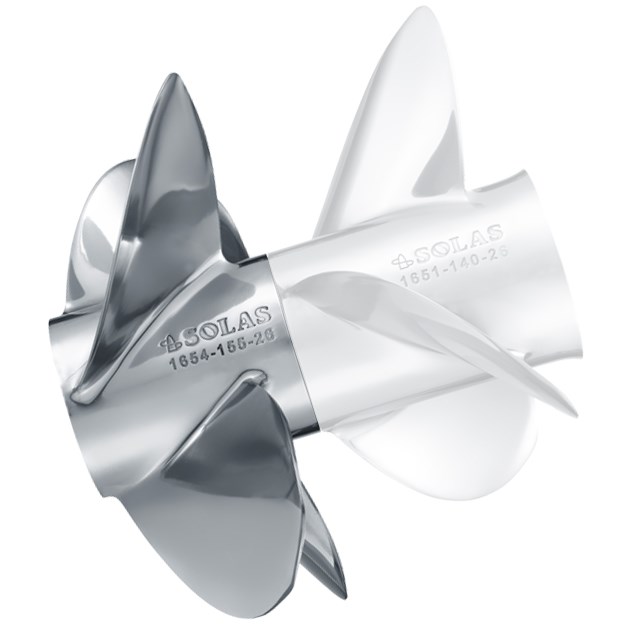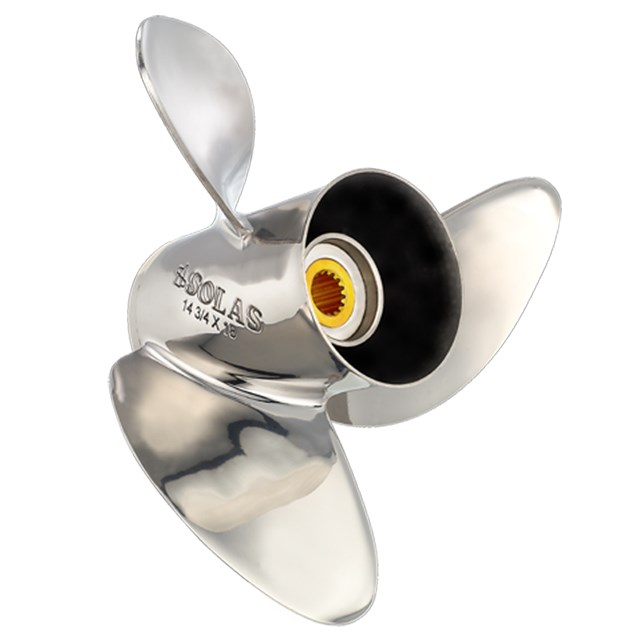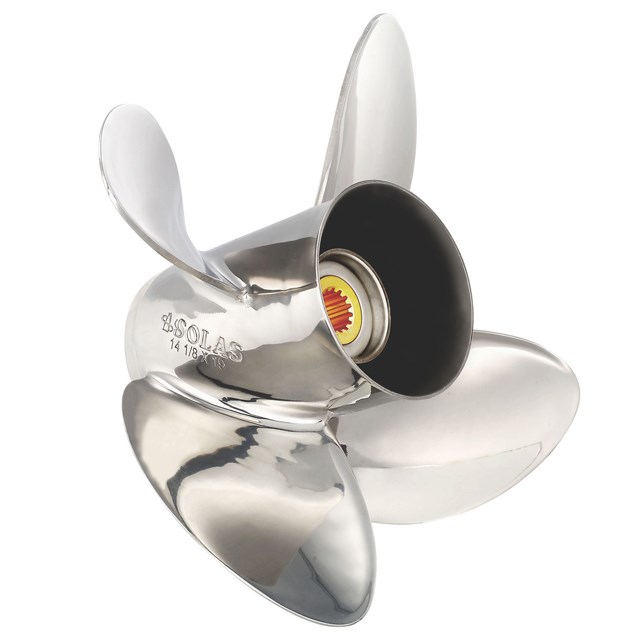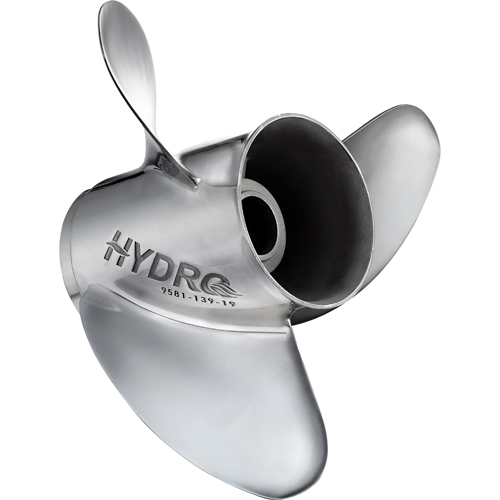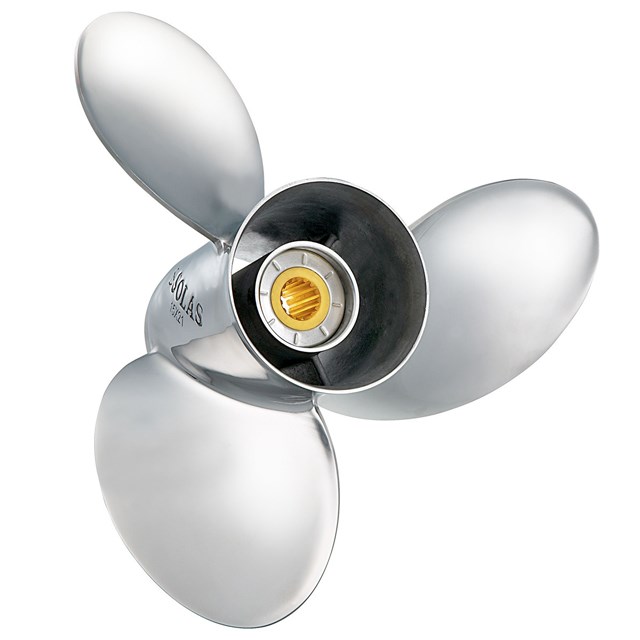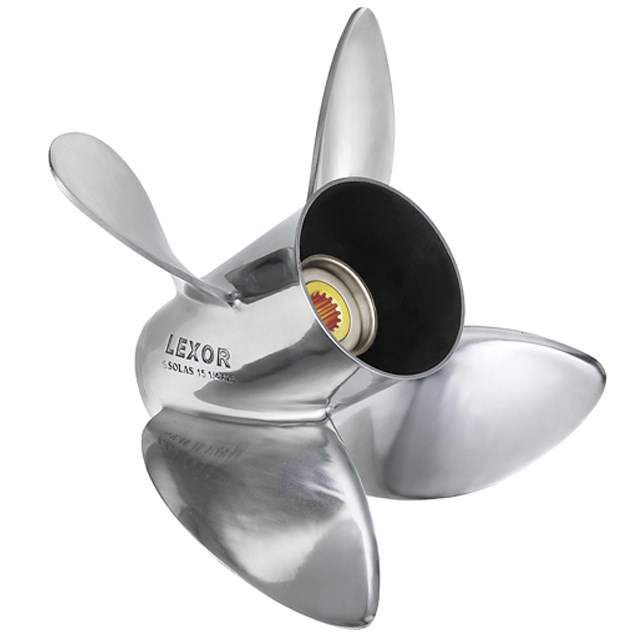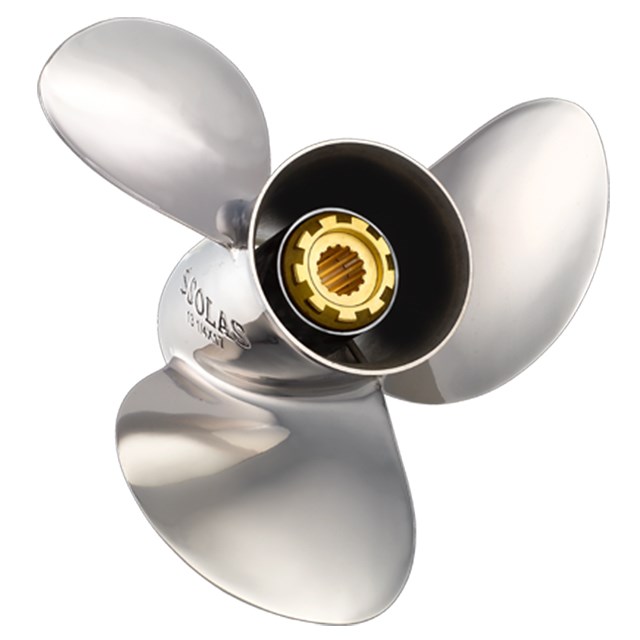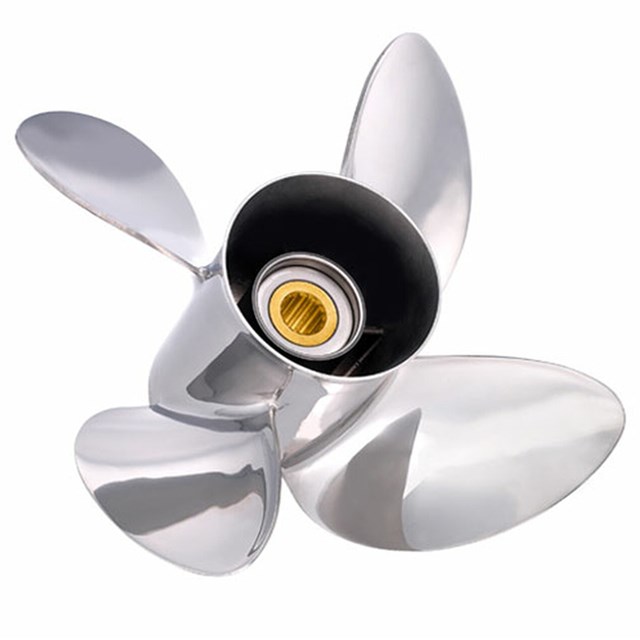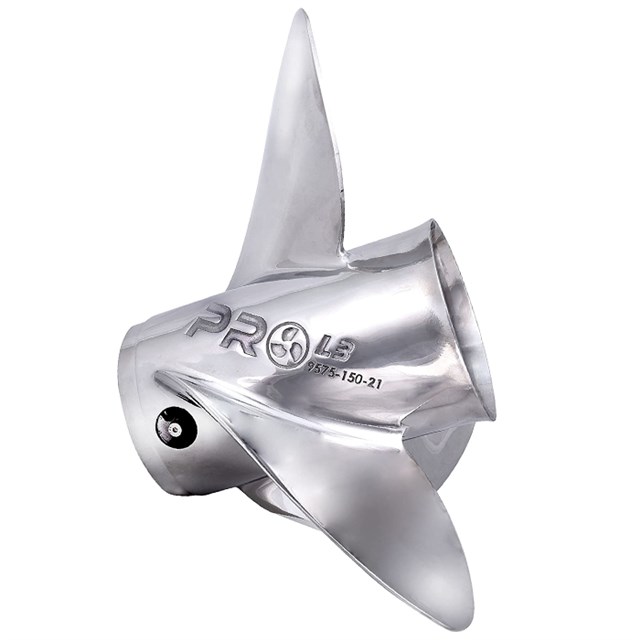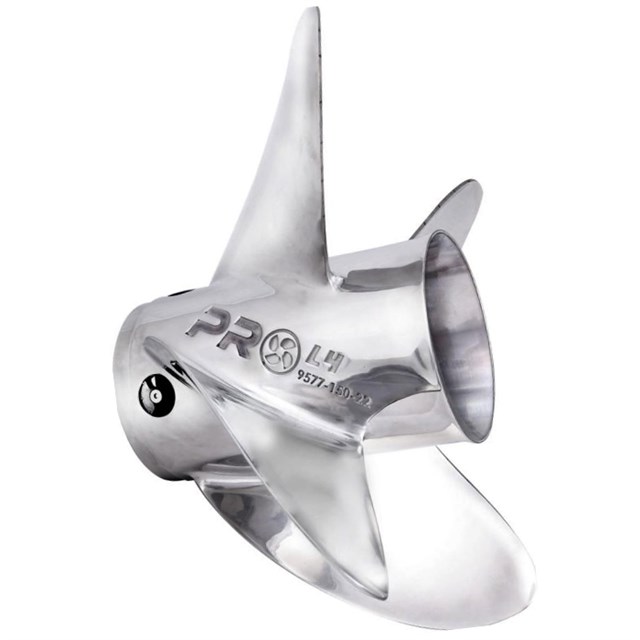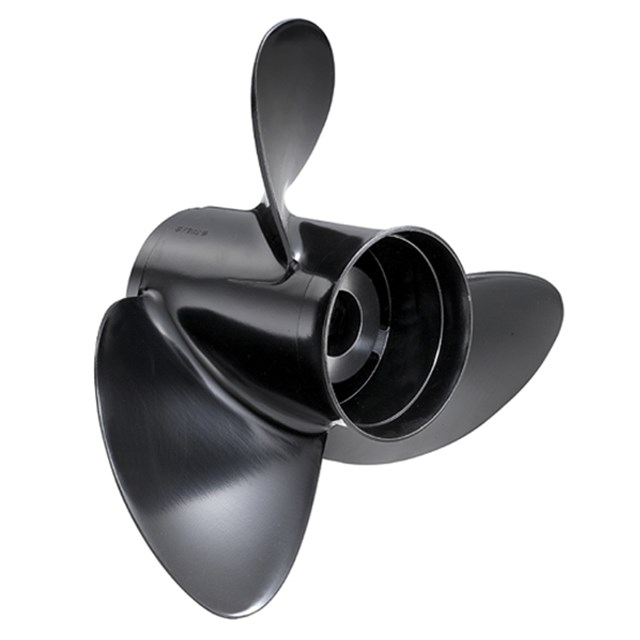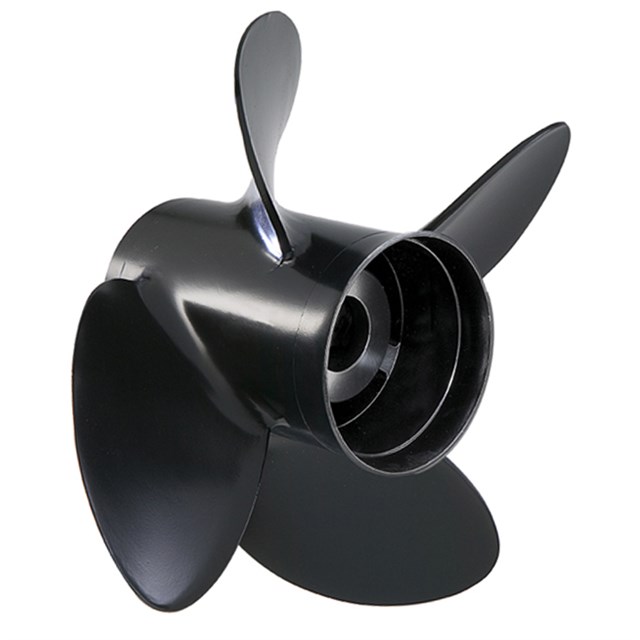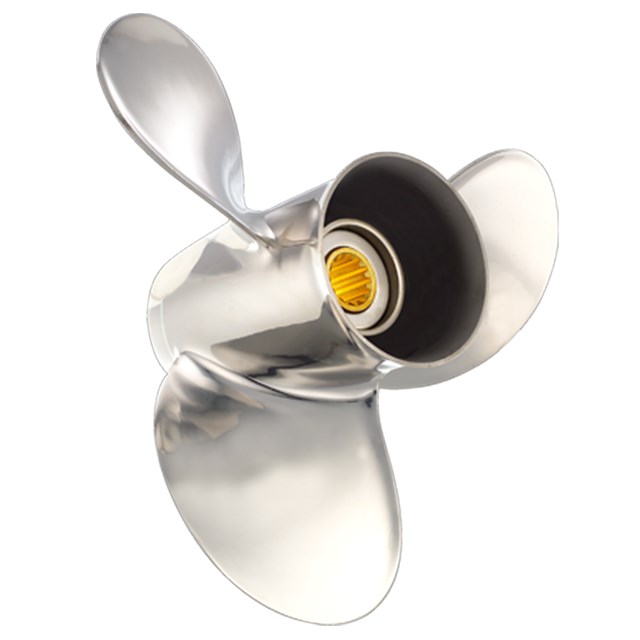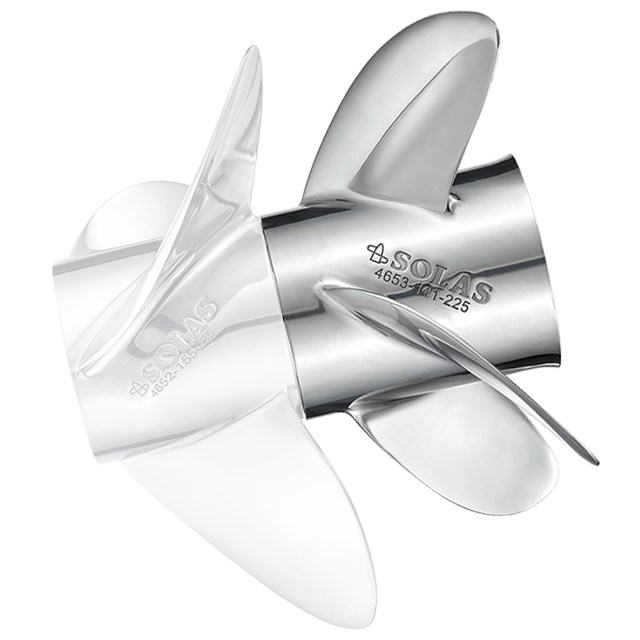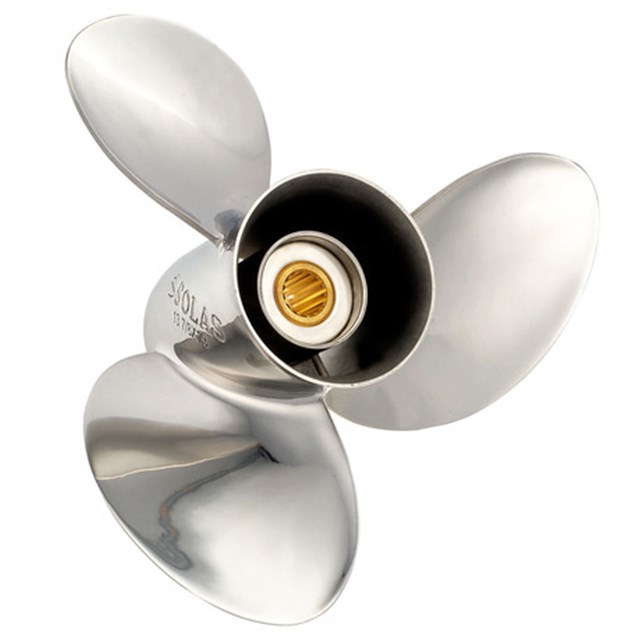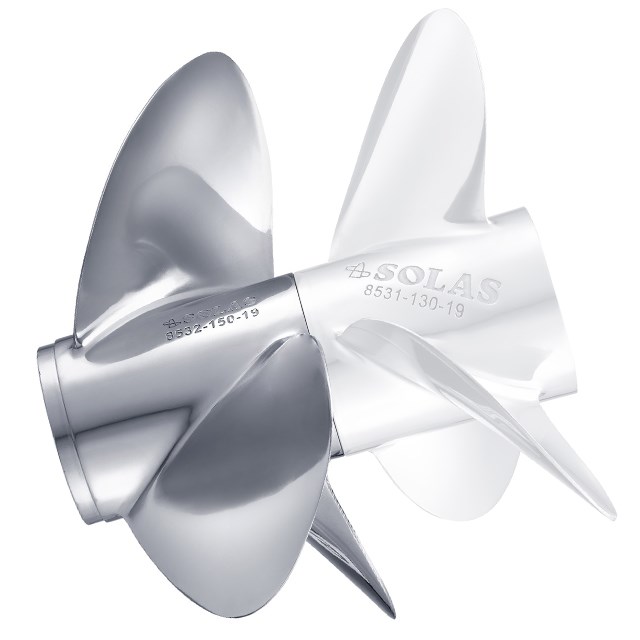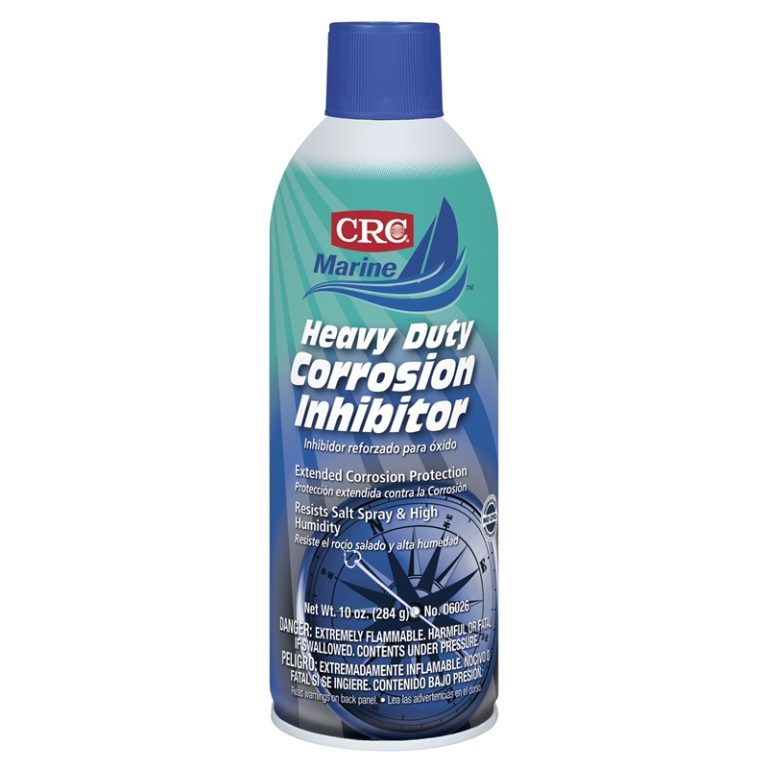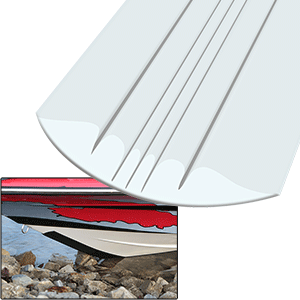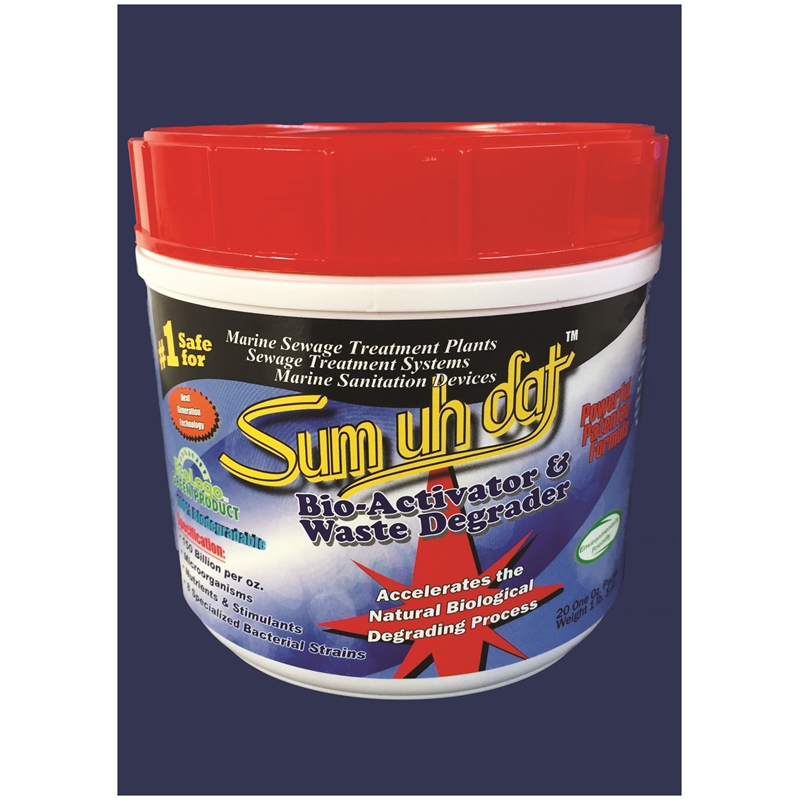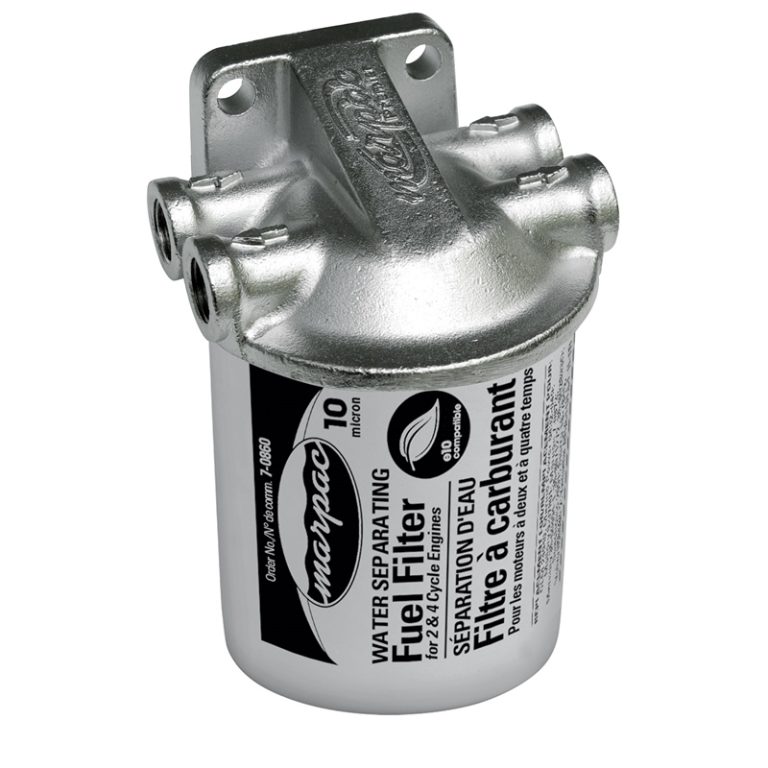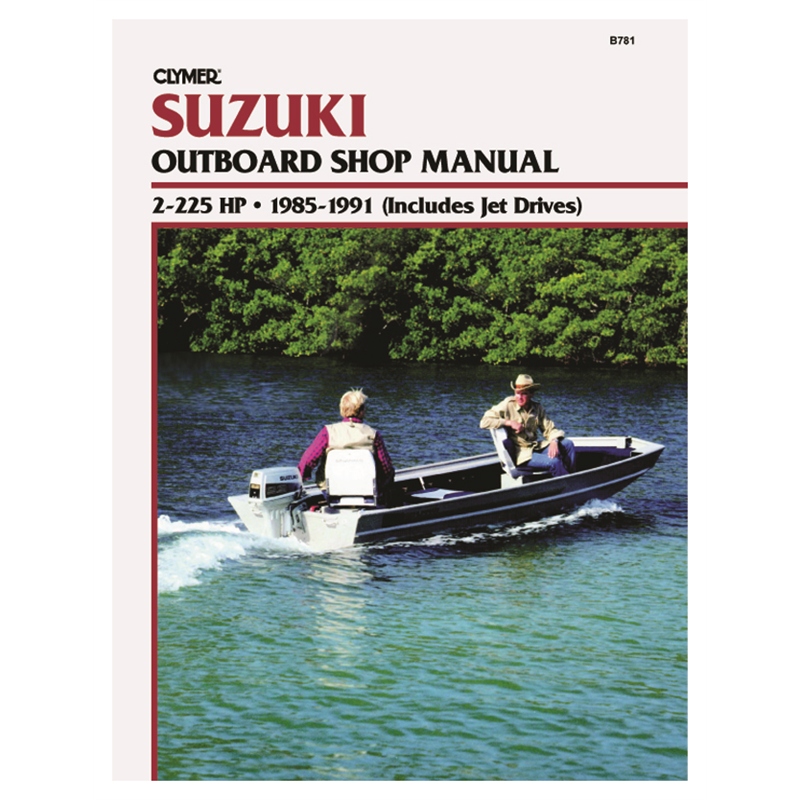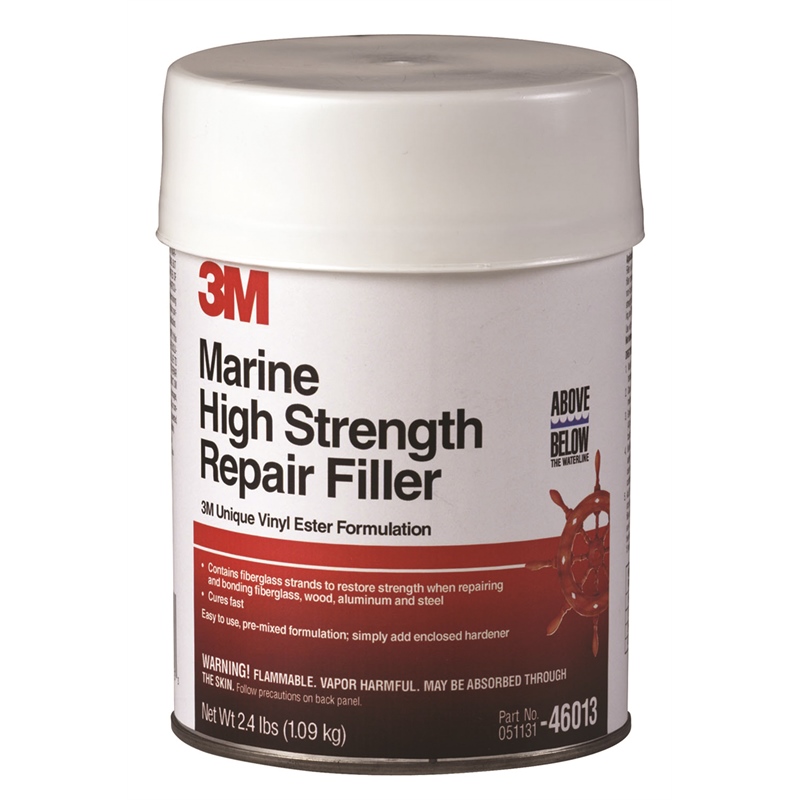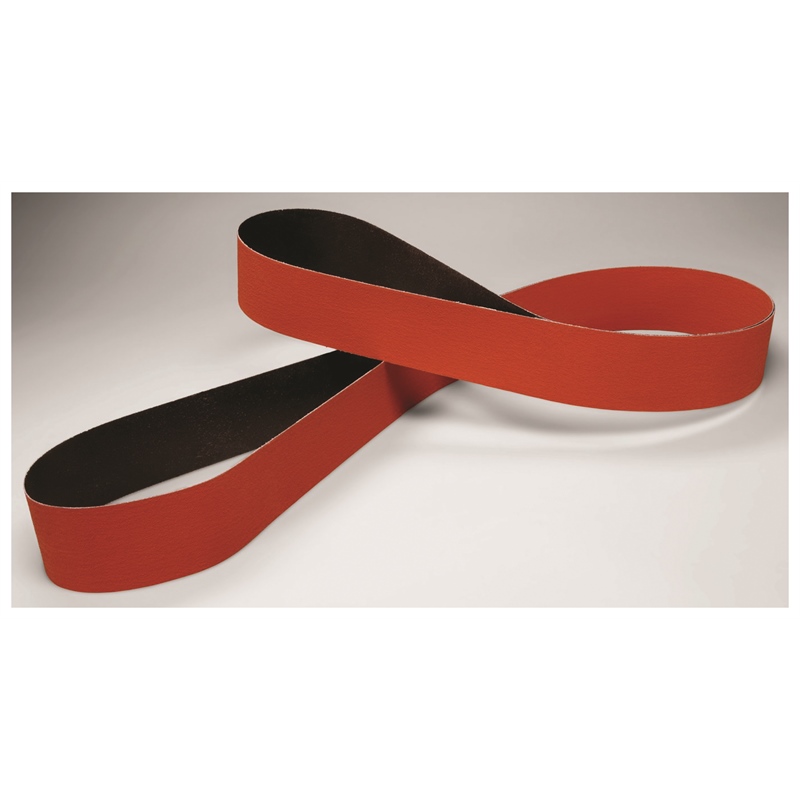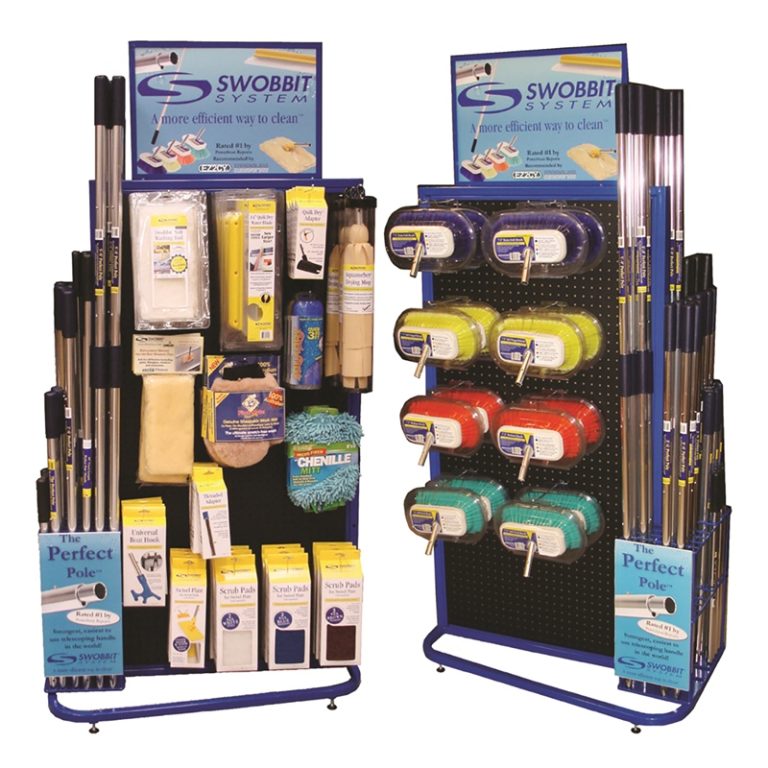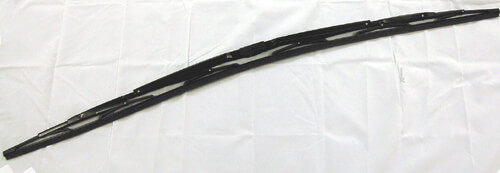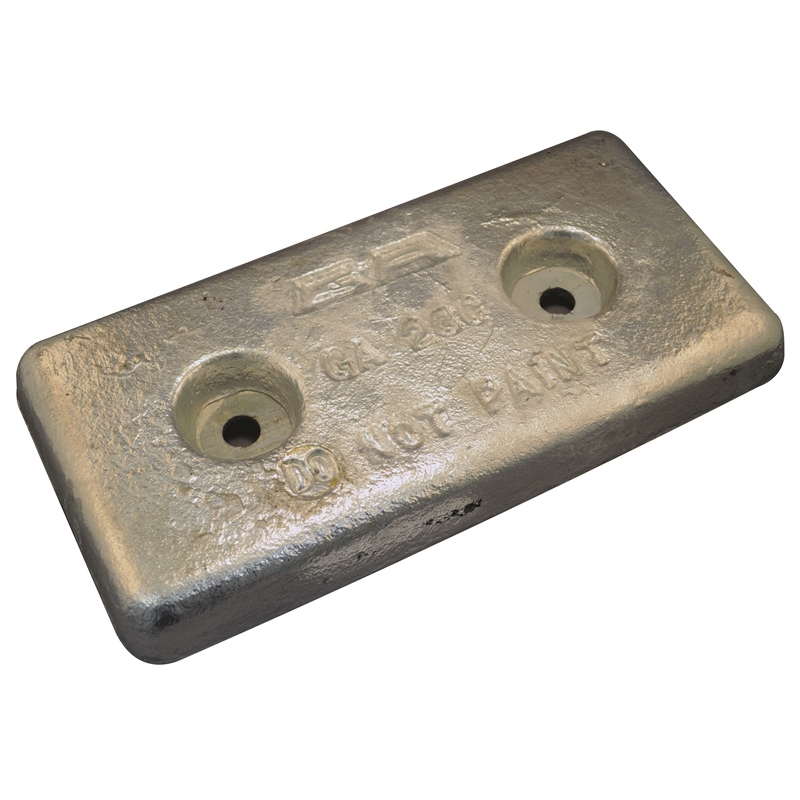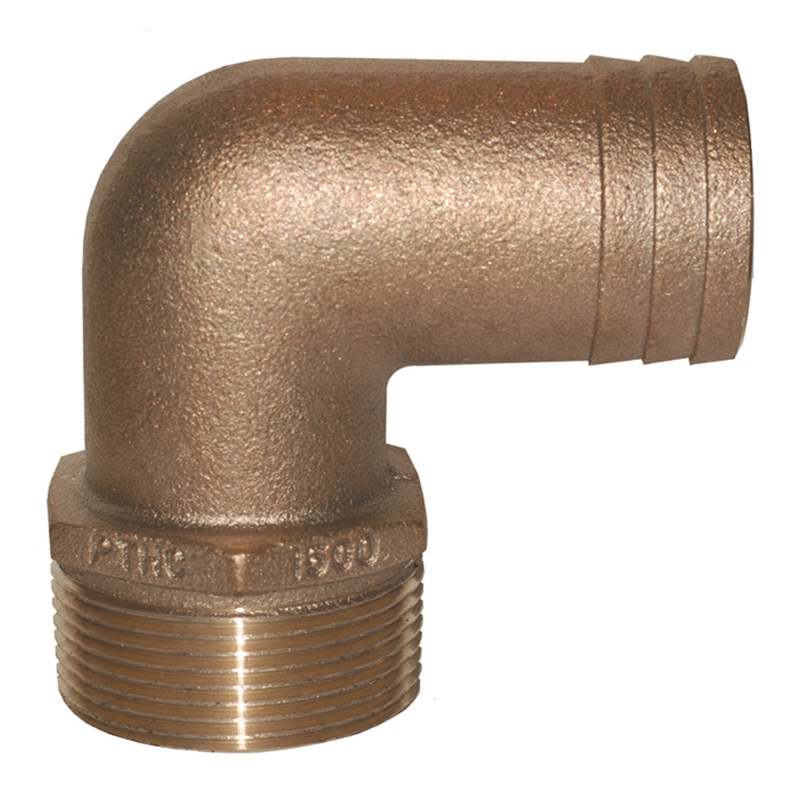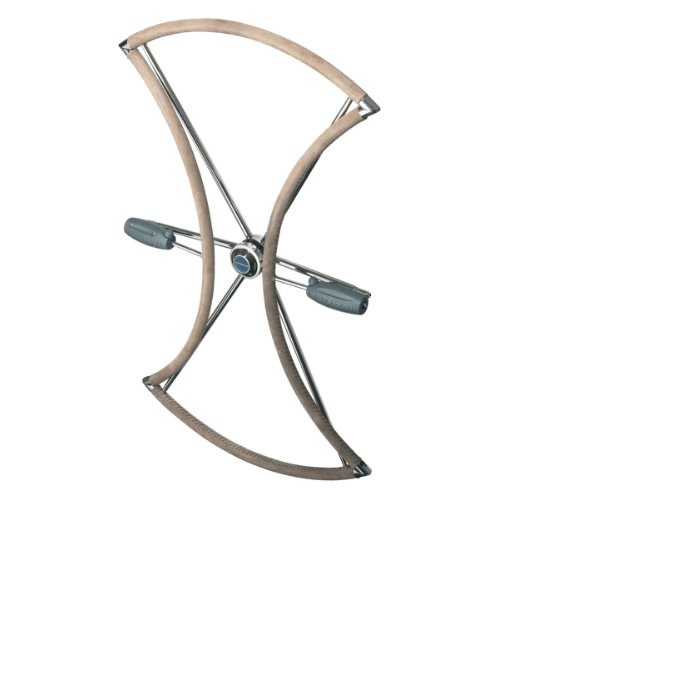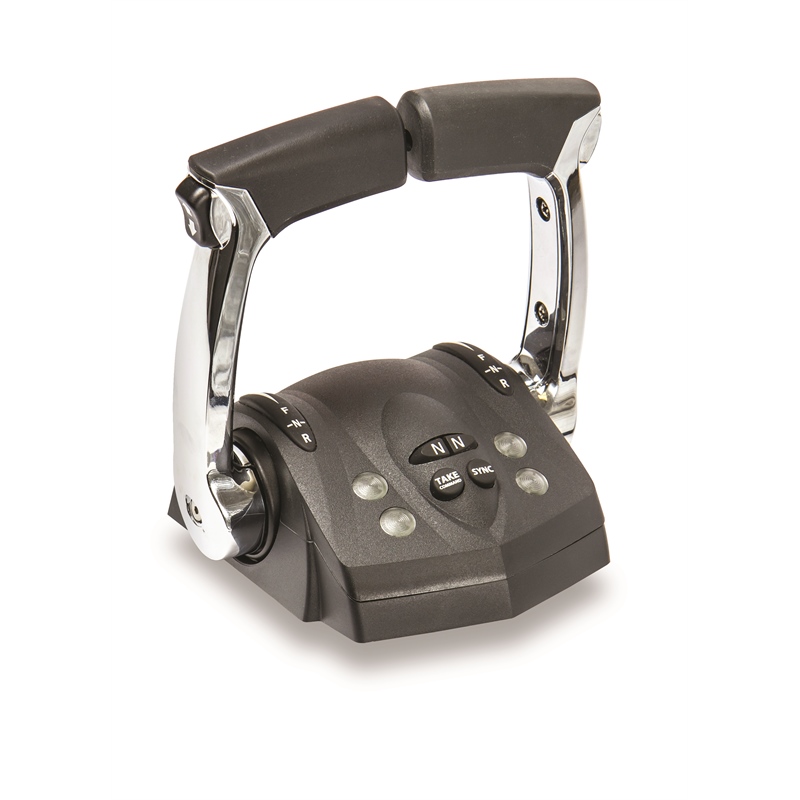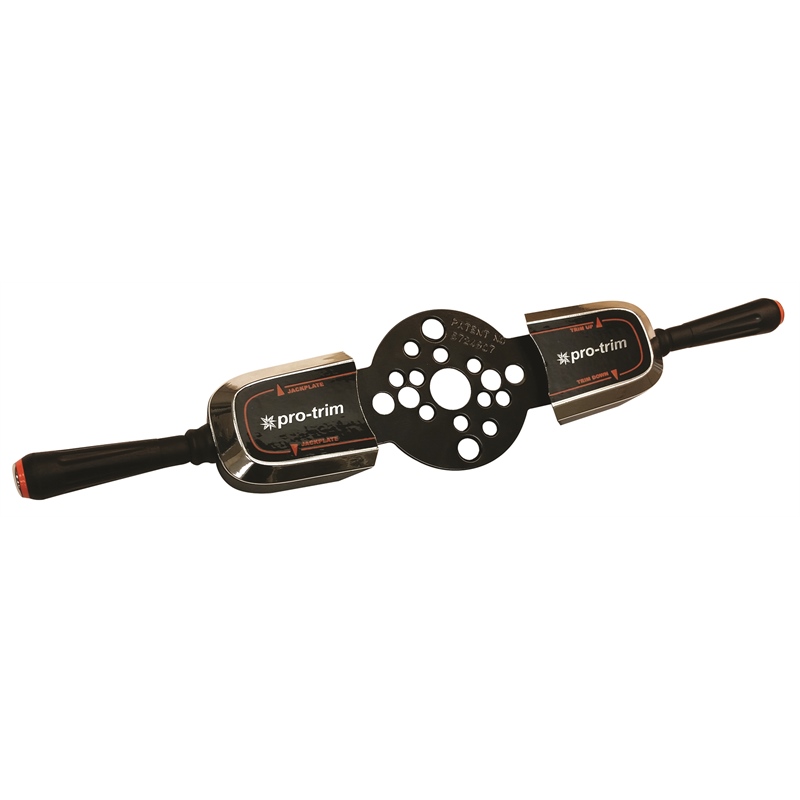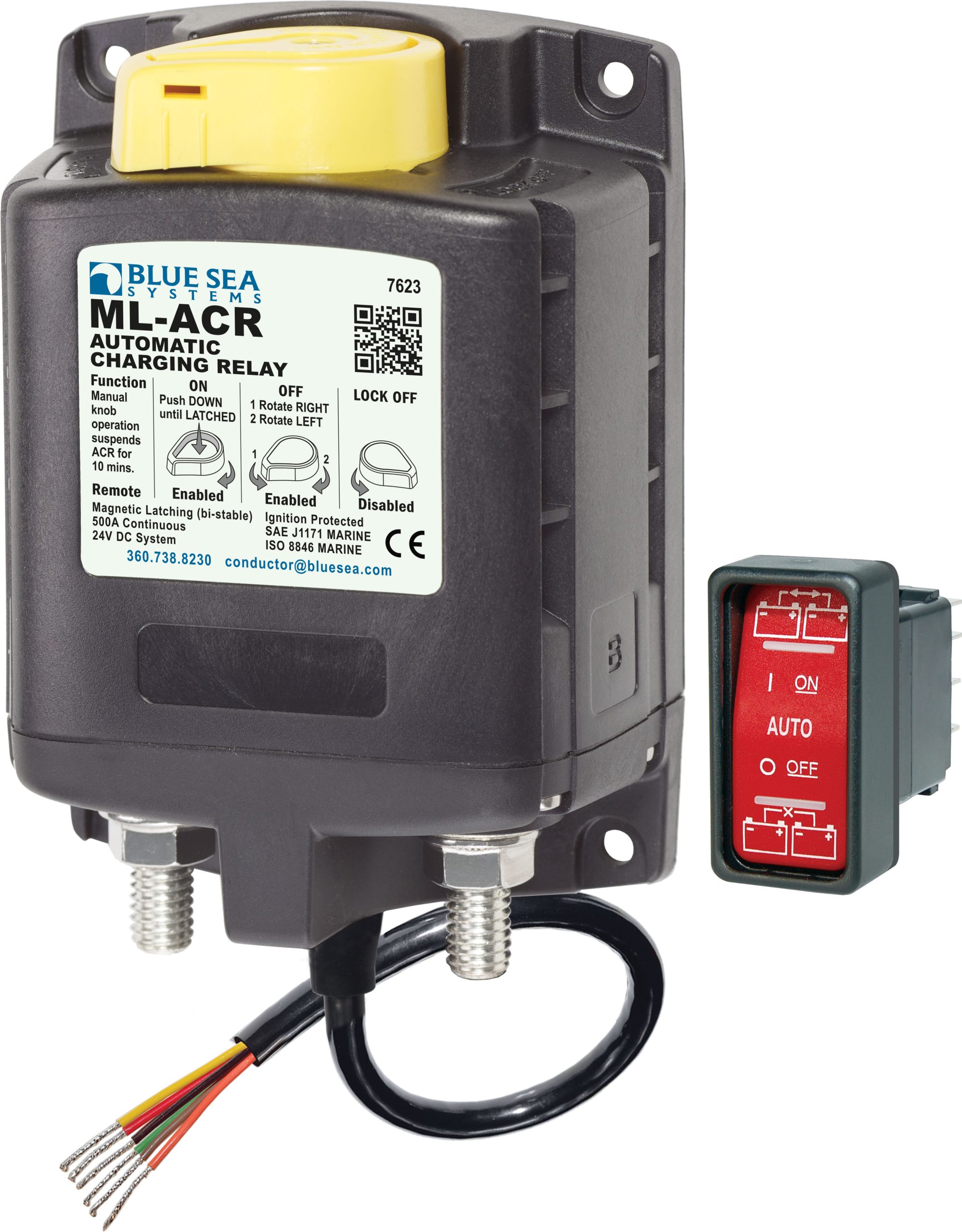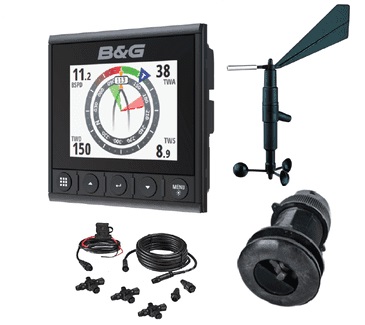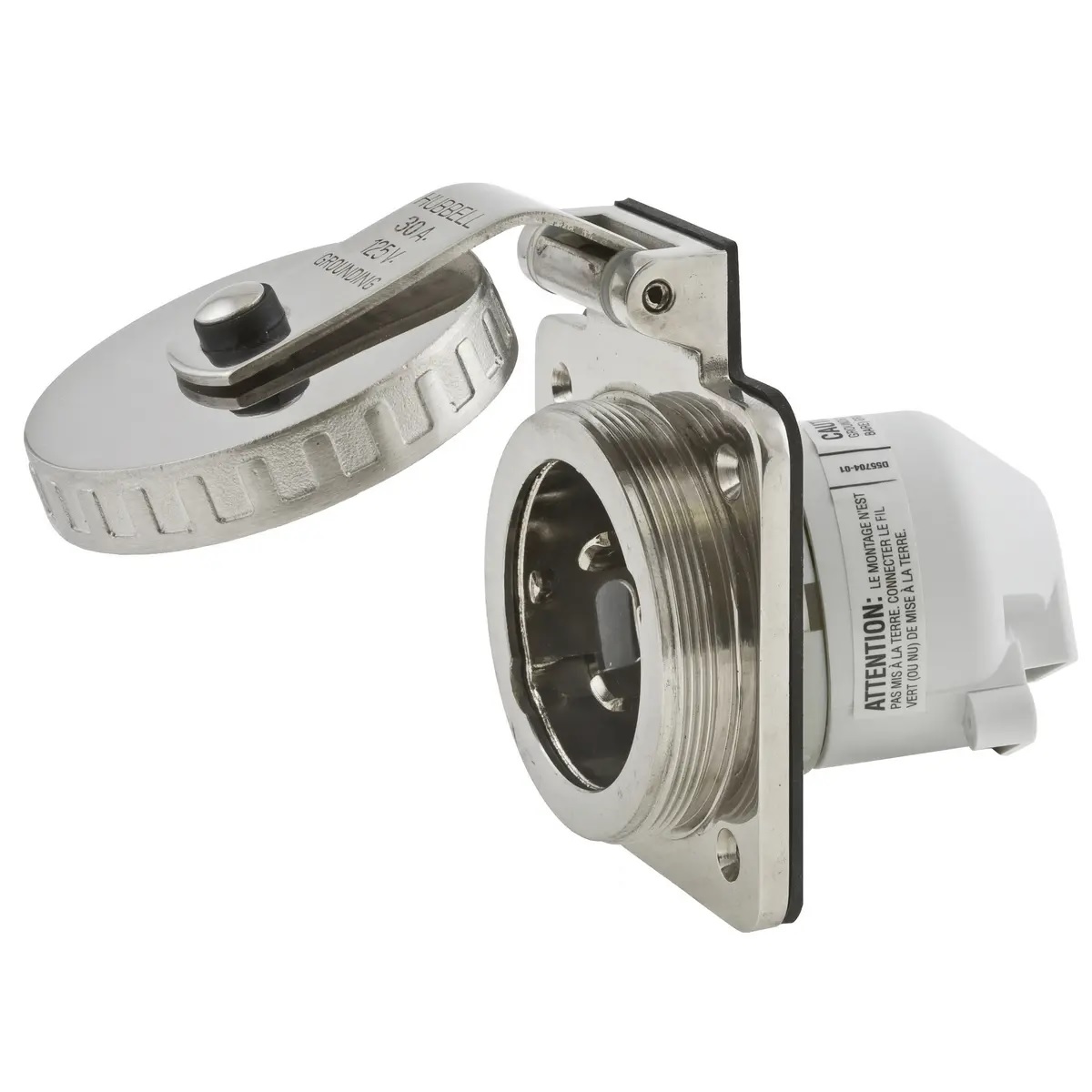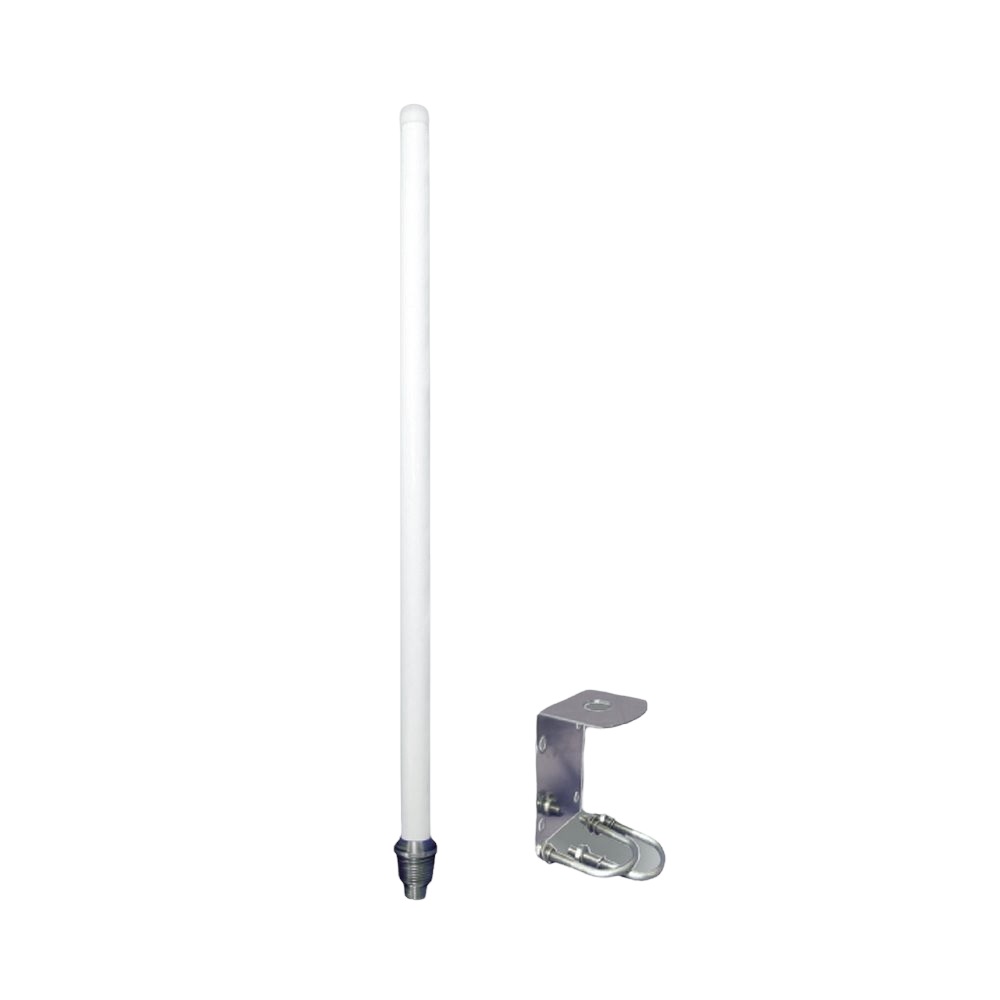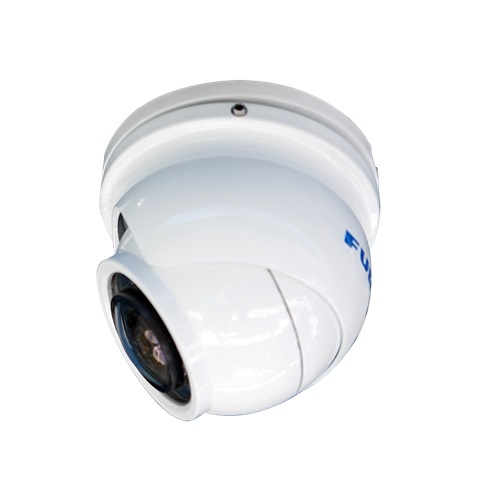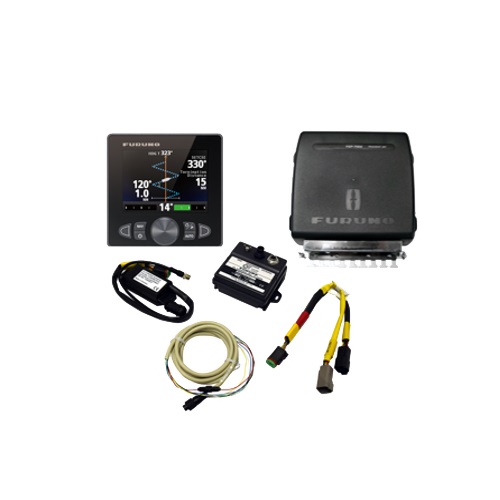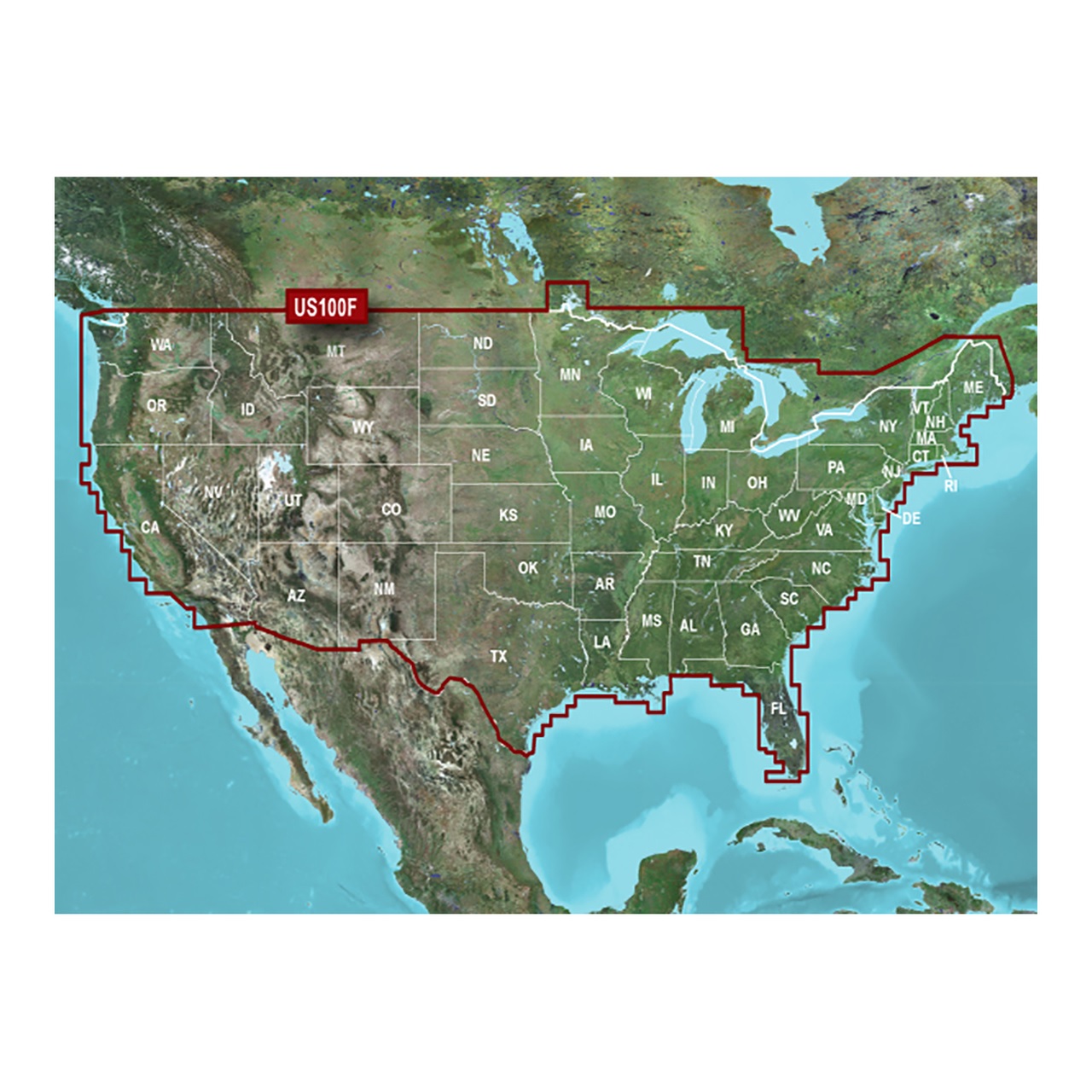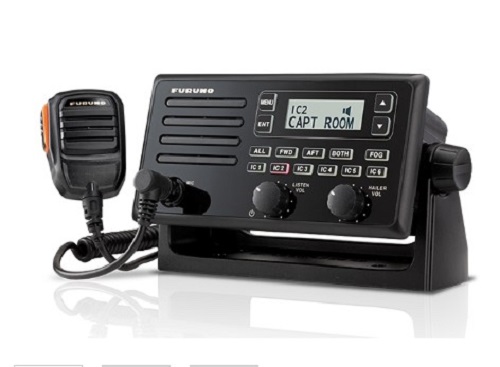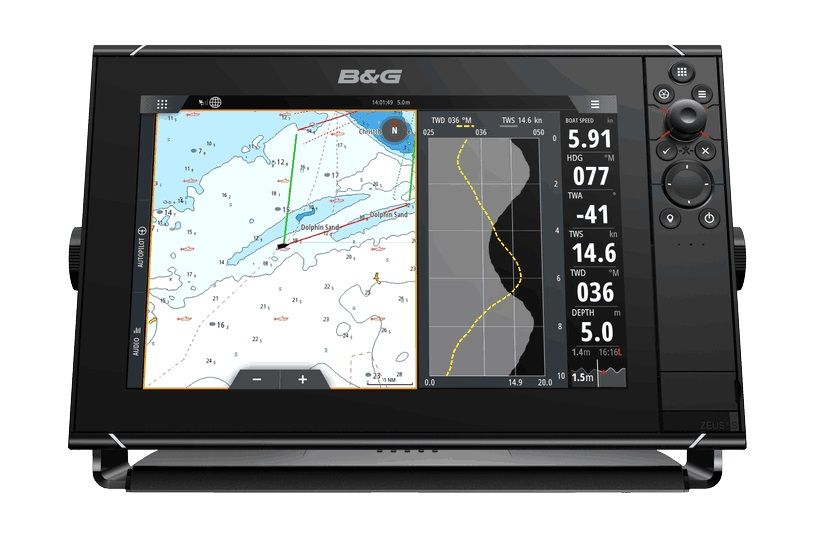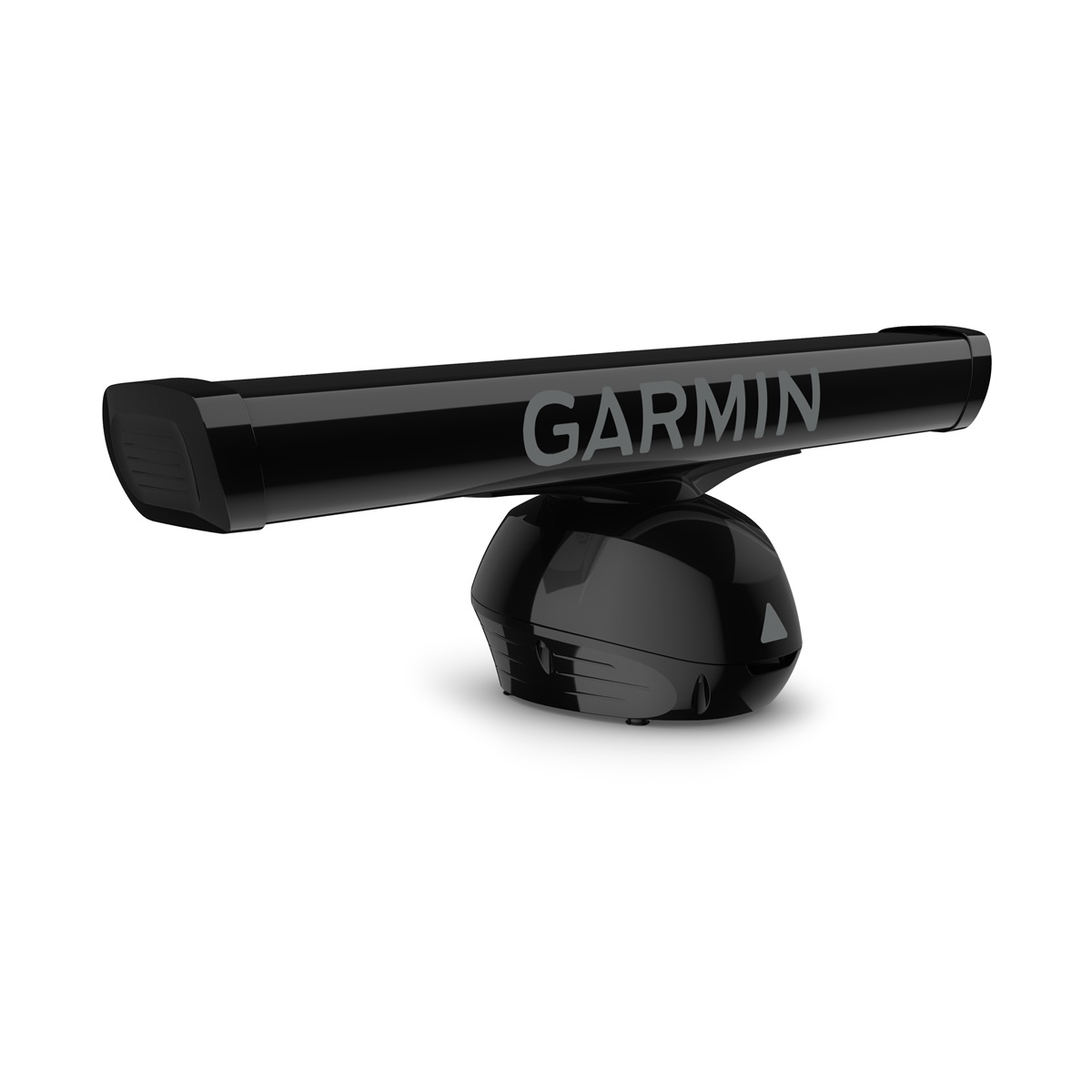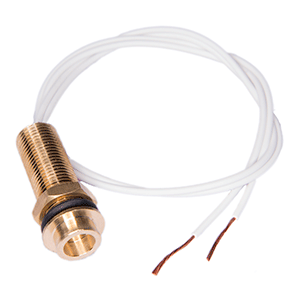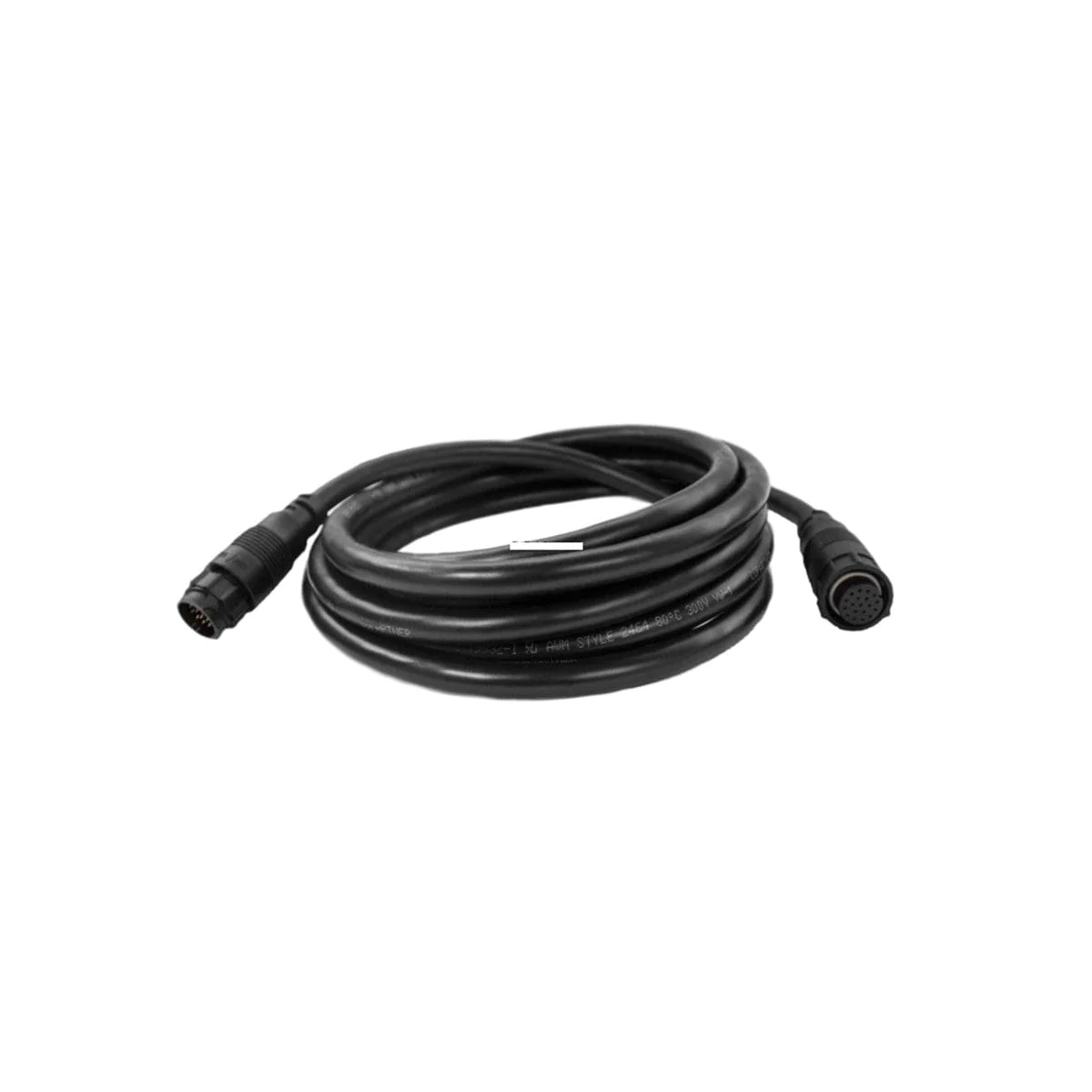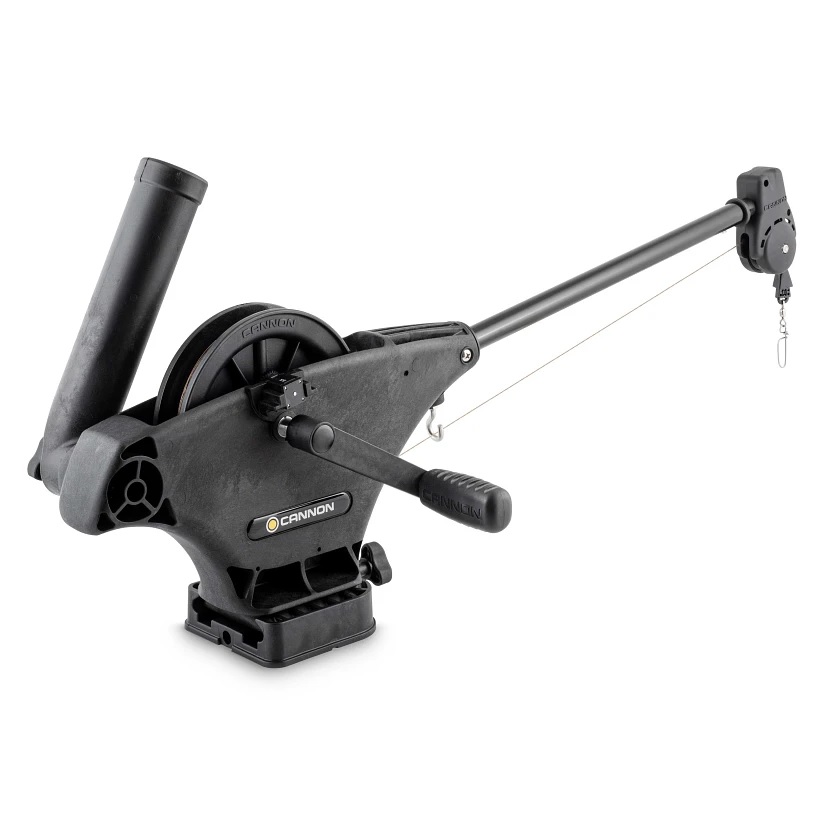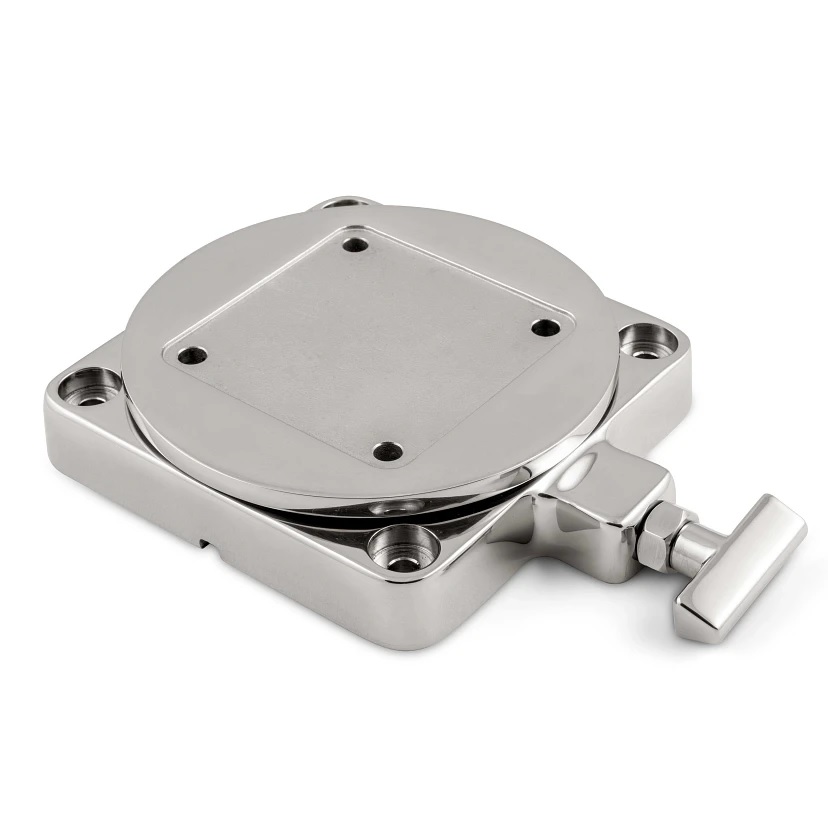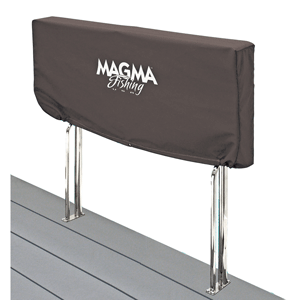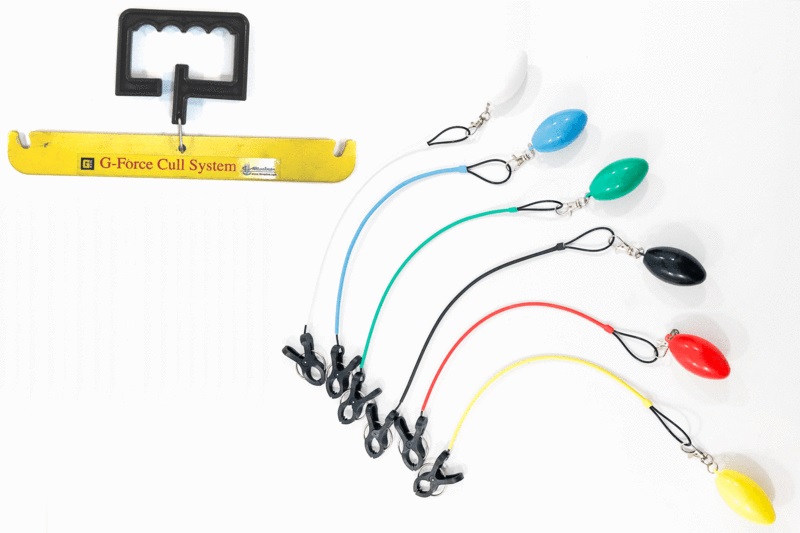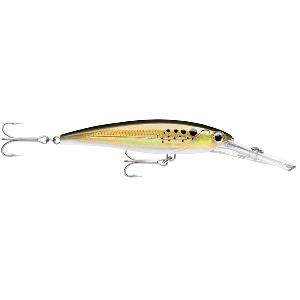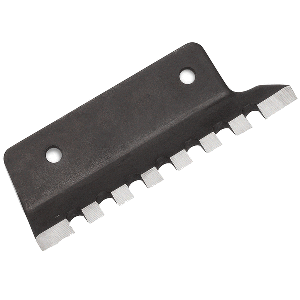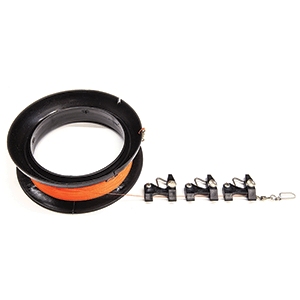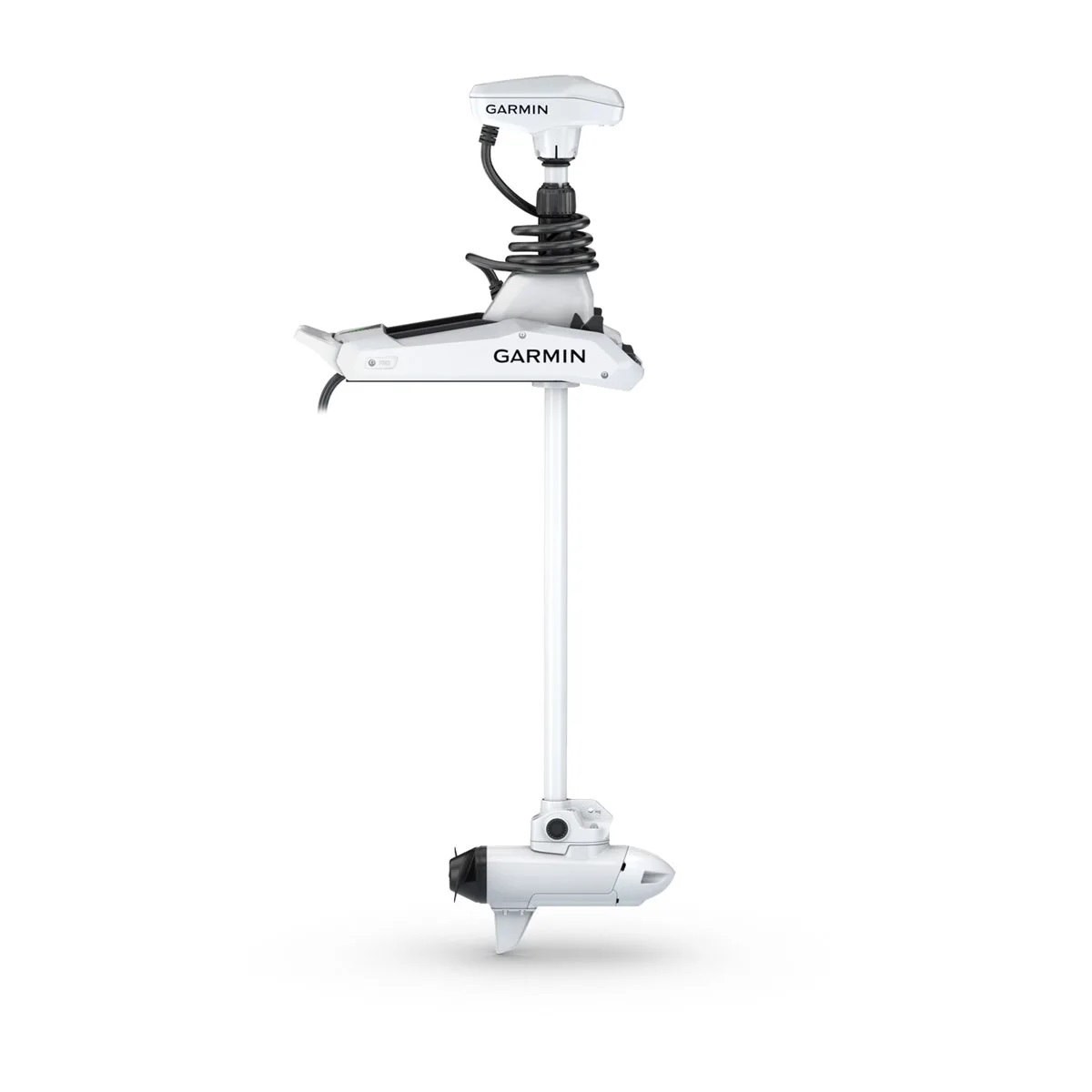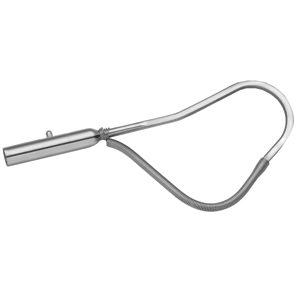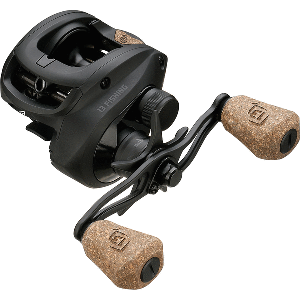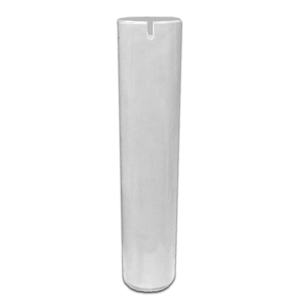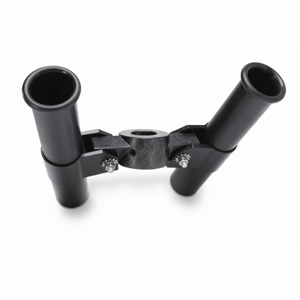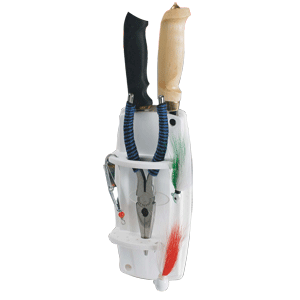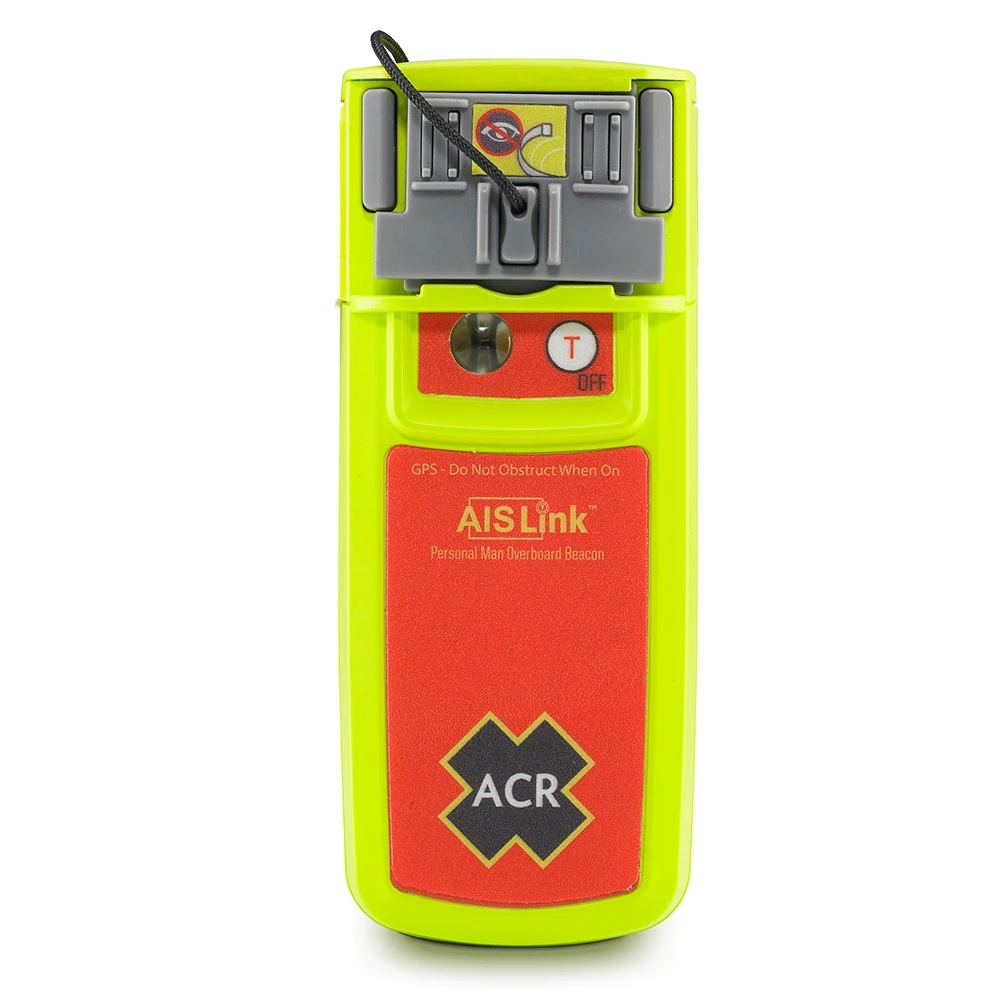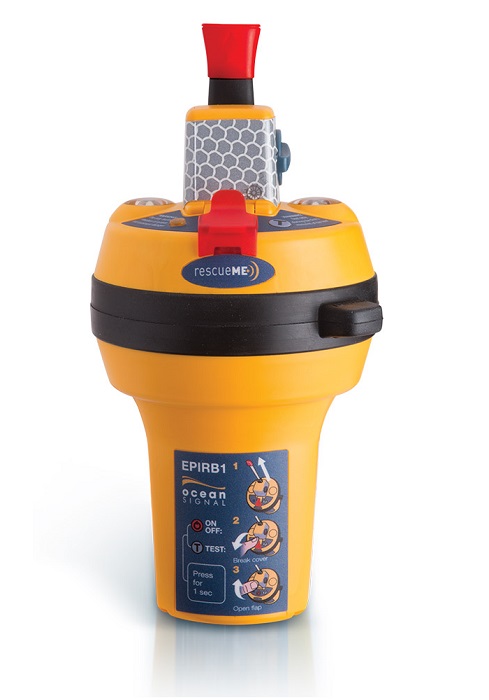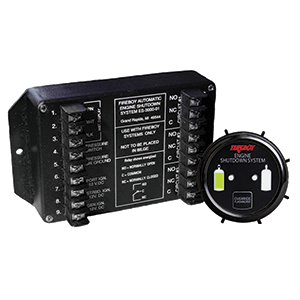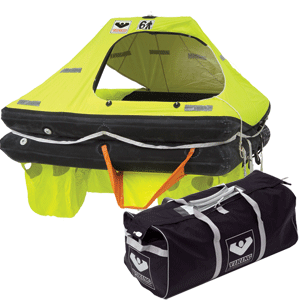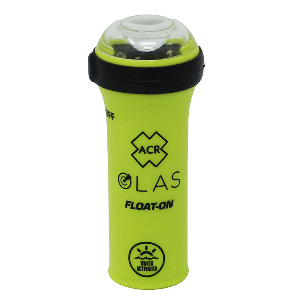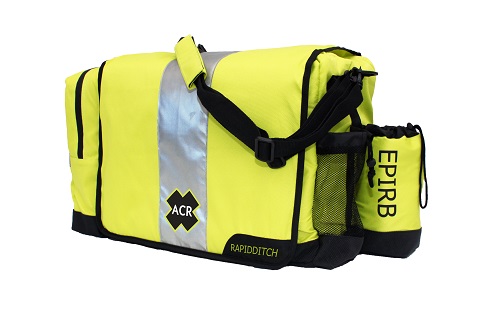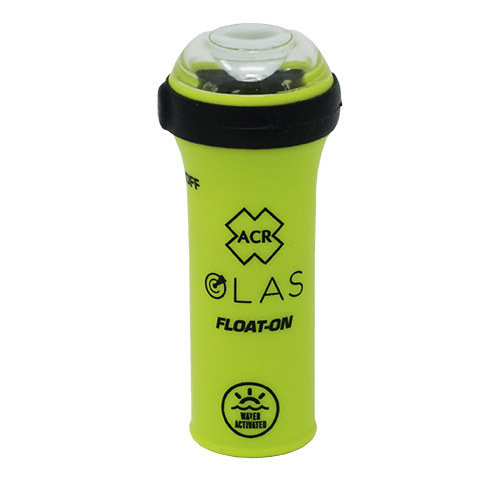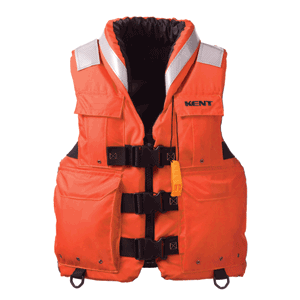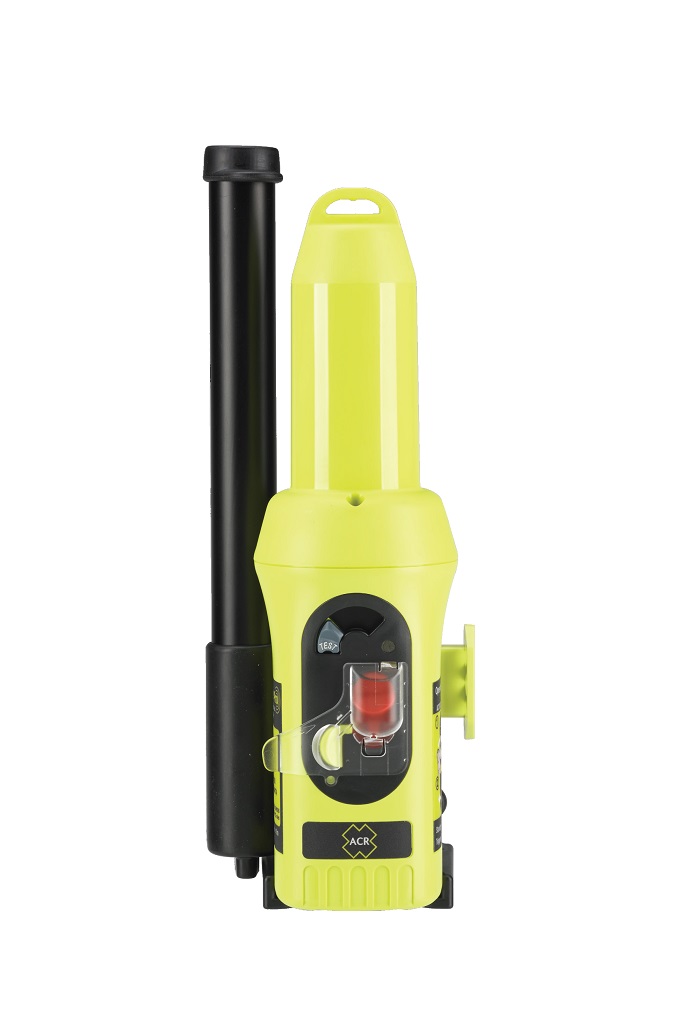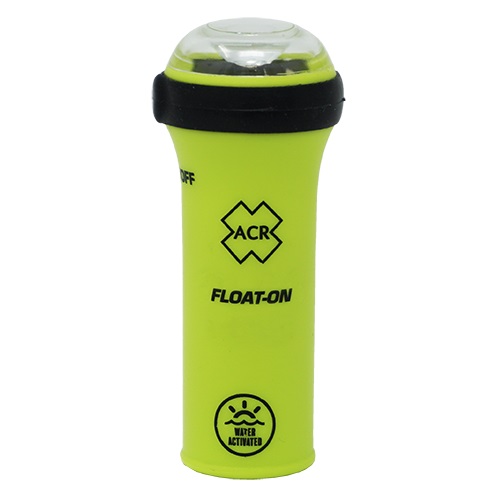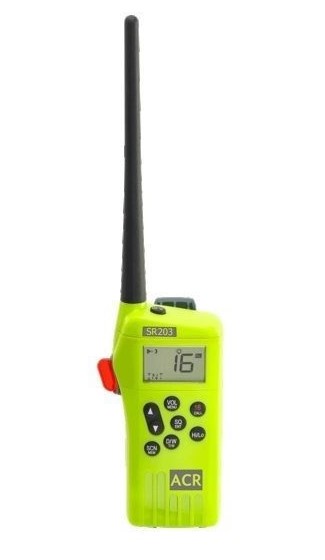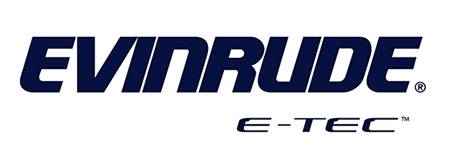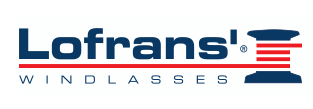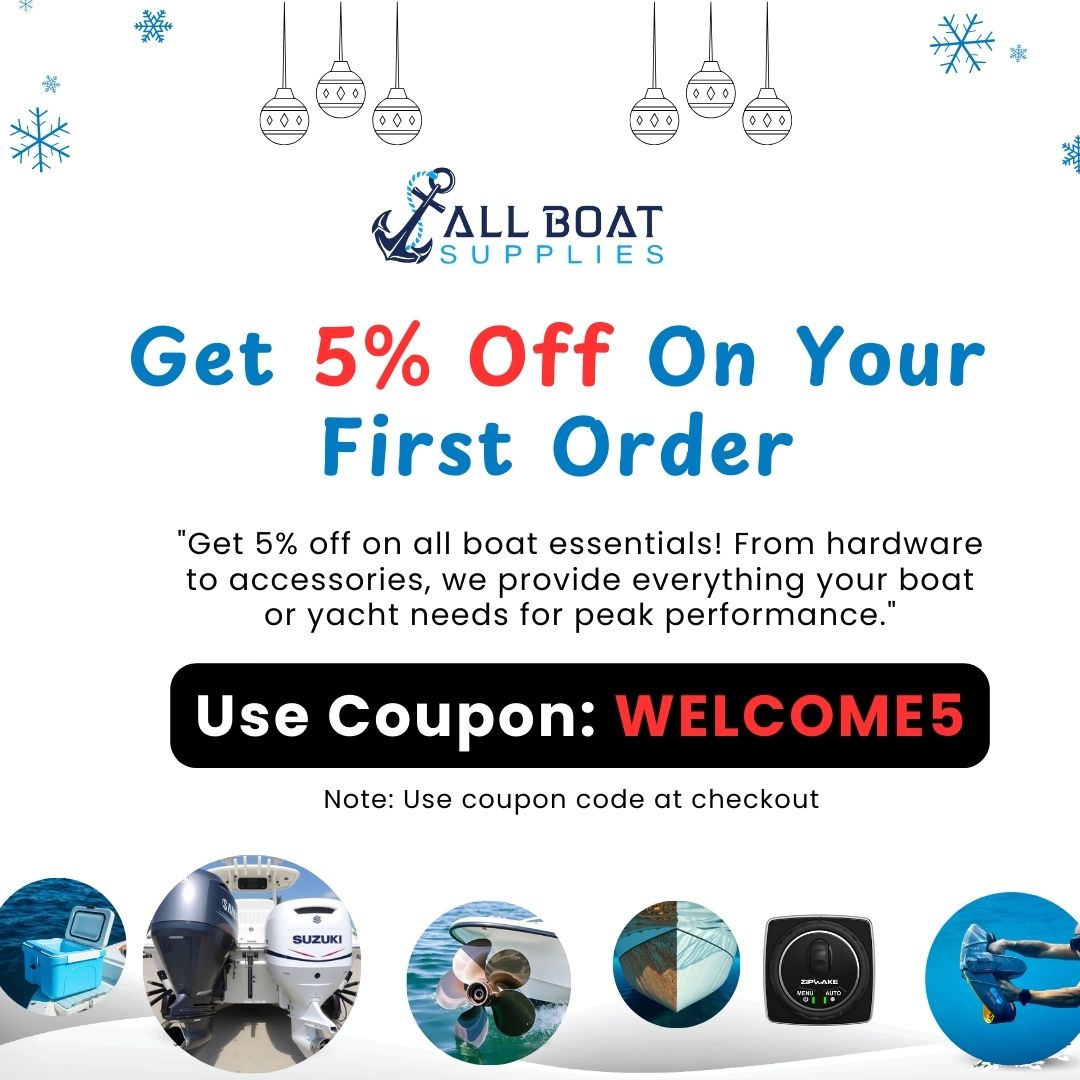Which Yamaha Lower Units Hold Up Best in Freshwater Lakes?
Introduction
When it comes to reliable boating in freshwater lakes, the durability and performance of your Yamaha lower unit are crucial. Whether you’re fishing in Lake Erie, exploring Lake Tahoe, or cruising through Minnesota’s 10,000 lakes, choosing the right lower unit can make all the difference. In this guide, we explore which Yamaha lower units hold up best in freshwater lakes, how to maintain them, and expert recommendations tailored to freshwater conditions.
Overview / What Is a Yamaha Lower Unit?
The lower unit, also known as the gearcase, is the part of an outboard motor that connects the propeller to the engine and allows you to steer and move through the water. Yamaha lower units are engineered for various environments, but some models fare better than others in freshwater conditions. These units house essential components like the gears, water pump, and propeller shaft.
Understanding the mechanics of Yamaha lower units helps in selecting the right option for your freshwater boating needs. Built to withstand both freshwater and saltwater environments, Yamaha offers a range of lower units that vary by horsepower, gear ratio, shaft length, and compatibility with 2-stroke or 4-stroke engines.
Why Freshwater Durability Matters
Freshwater may seem less corrosive than saltwater, but it presents its own challenges. Debris, sediment, and temperature fluctuations can lead to wear over time. Yamaha lower units that excel in freshwater conditions often feature:
- Superior seal construction to prevent water intrusion
- Efficient water cooling systems for variable temperatures
- Stronger gear alloys to withstand silt and gravel
For freshwater boaters, long-lasting performance and reduced maintenance are essential. This is where certain Yamaha lower units truly shine.
Top 4 Yamaha Lower Units for Freshwater Performance
1. Yamaha F150/F175/F200 Series Lower Units
The F150–F200 series lower units are ideal for inland freshwater lakes. With 4-stroke compatibility and an upgraded gearcase design, these units offer quiet operation, fuel efficiency, and low maintenance costs. They’re engineered to perform under variable water depths, making them excellent for large and shallow lakes alike.
2. SEI-90-404 for 75–100HP Yamaha Engines
This aftermarket option fits 75–100HP Yamaha 2 & 4-stroke engines. The SEI-90-404 features stainless steel shafts and precision gear engineering, giving it high resistance to freshwater silt damage. Many freshwater anglers swear by this lower unit for its long-term durability.
3. SEI-90-405 for 115–130HP 4-Stroke Motors
Optimized for freshwater use, this model offers upgraded bearings, enhanced cooling, and top-tier gear performance. It fits both 20″ and 25″ shaft engines and provides smooth shifts and acceleration, making it perfect for performance boating on lakes.
4. Yamaha 90° SEI-90-416 Lower Unit
Designed for 150–200HP motors, this unit features reinforced gear materials and premium shaft seals, reducing wear from sediment-heavy freshwater. Its robust build quality is ideal for powerboats frequently used in choppy lake conditions.
Freshwater vs. Saltwater Lower Units: Key Differences
Although Yamaha designs its lower units for universal application, freshwater-specific performance focuses on durability against sediment and varying lakebed conditions. Here’s how they differ:
- Material Coatings: Freshwater units may use lighter corrosion coatings compared to saltwater-grade gearcases.
- Cooling Flow: Freshwater systems are tuned for colder water temperatures and require different impeller designs.
- Shaft Composition: Steel alloys in freshwater units are more impact-resistant than corrosion-resistant.
Knowing these differences ensures you pick the best Yamaha lower unit for your local lake or river environment.
Maintenance Tips
Regular maintenance is key to extending the lifespan of Yamaha lower units in freshwater lakes. Below are expert-recommended practices:
- Flush after every trip: Even freshwater contains particles that can wear down internal components. A 5-minute flush clears out harmful sediment.
- Inspect the seals quarterly: Make sure prop seals and driveshaft seals are free from leaks and cracks. Freshwater seepage can still damage internal gears.
- Change gear oil every 100 hours: Monitor for milky oil, which indicates water intrusion.
- Propeller care: Clean off vegetation and check for dents after each use.
With consistent care, Yamaha lower units built for freshwater lakes can last well over a decade.
Expert Advice and Pro Recommendations
We asked marine technicians and seasoned boaters for their best advice when choosing and using Yamaha lower units in freshwater. Here’s what they shared:
- “Stick with 4-stroke compatible units for better efficiency and less vibration.” – Jake Turner, Boat Mechanic (MI)
- “The SEI aftermarket units are great value, especially in shallow lakes where gear dings are common.” – Sarah Lopez, Tournament Angler
- “Look for units with upgraded water pumps if your lake freezes or hits extremes.” – Dan Riverton, Yamaha Certified Tech
Pros overwhelmingly favor Yamaha’s OEM and SEI replacement lower units for freshwater boats in the 75–200HP range.
How to Troubleshoot Yamaha Lower Units in Freshwater
Even the best units occasionally need troubleshooting. If you experience performance issues in freshwater lakes, here are common symptoms and fixes:
- Grinding Noise: Usually indicates damaged gears or worn bearings—inspect the gearcase or replace the oil.
- Slipping Gears: Often due to water in the gear oil or misaligned clutch dog; servicing may be required.
- Overheating: Caused by clogged water inlets or impeller failure—flush or replace the water pump.
Quick detection and action prevent long-term damage and save on repair costs.
Best Yamaha Lower Unit Options for Budget Buyers
Not every boater needs an OEM unit. Yamaha-compatible aftermarket options like SEI offer affordability and surprisingly high performance. For budget-conscious lake-goers, consider:
- SEI-90-404: Perfect for weekenders with smaller 75–100HP engines.
- SEI-90-416: A solid choice for 150HP+ engines used occasionally.
Always check warranty terms and shaft compatibility before buying aftermarket parts.
Detailed FAQ Section
What’s the best Yamaha lower unit for freshwater durability?
The Yamaha F150/F175/F200 series lower units are often regarded as the most durable for freshwater lakes. They feature precision-built gear systems, efficient water pumps, and heavy-duty seals, making them ideal for inland conditions. Additionally, aftermarket units like SEI-90-404 and SEI-90-416 are budget-friendly yet robust for lake environments. Their internal build quality and compatibility with both 2-stroke and 4-stroke engines make them a top choice among freshwater boaters.
How do I maintain my Yamaha lower unit for lake use?
For optimal performance in freshwater lakes, maintenance routines include flushing the unit after each use, inspecting for debris or vegetation, and changing gear oil every 100 hours or seasonally. Replace damaged propellers and inspect seals regularly. Also, monitor for unusual noises or fluid color changes, as these may signal water intrusion or gear wear. Proper storage during winter months helps prevent freeze damage.
Are aftermarket Yamaha lower units good for freshwater lakes?
Yes, aftermarket options like SEI offer excellent performance in freshwater lakes at a lower cost than OEM units. These units often include stainless steel shafts and heavy-duty bearings. When selected carefully for your engine model, they can provide similar longevity and reliability. Always ensure the gear ratio and shaft length match your Yamaha engine specifications for best results.
What gear ratio is best for freshwater Yamaha lower units?
Gear ratios between 2.0:1 and 2.3:1 are generally best for freshwater Yamaha outboards. These ratios offer balanced torque and speed for typical lake boating, including fishing, cruising, and water sports. For smaller lakes or lighter boats, a 2.0:1 ratio may offer faster acceleration. Always consult your engine manual or technician for optimal performance recommendations.
How can I tell if my Yamaha lower unit is failing?
Signs of a failing lower unit include gear slippage, loud grinding or knocking sounds, overheating, water in the gear oil (milky appearance), and vibration at high speeds. You may also notice decreased fuel efficiency and slower acceleration. Prompt inspections and gear oil changes can prevent major failures. When in doubt, consult a Yamaha-certified marine technician for diagnostics.
Special Offer
WELCOME5 – Get 5% off storewide at allboatsupplies.com
And upto 10% additional off on all lower units
-
Yamaha Aftermarket Lower Unit Replaces 75-100HP (2 & 4 Stroke) – 2.0/2.3 Gear Ratios, 18 Spline, 20/25″ Shafts – SEI-90-404
-
Yamaha Aftermarket Lower Unit Replaces 115-130HP 4-Stroke – Fits 20/25″ Shafts – SEI-90-405
-
Yamaha 90° Aftermarket Lower Unit Replaces 150-200HP (2 & 4 Stroke) – Fits 20/25″ Shafts – SEI-90-416
-
Yamaha 150–200HP Lower Unit 4-Stroke – 20/25″ Shaft – F150/F175/F200 Series (2004–2024) – New/Remanufactured – YA-G4-06
Conclusion
When choosing the best Yamaha lower units for freshwater lakes, it’s essential to consider durability, gear ratio, and shaft compatibility. Whether you opt for OEM models or high-quality aftermarket units like SEI, the right lower unit will ensure smooth operation, minimal maintenance, and long-lasting performance. Follow our expert tips, maintain your gear regularly, and take advantage of current offers to keep your boating adventures stress-free and powerful for years to come.
Read More
For more helpful marine maintenance guides, check out our article on Yamaha 150hp Lower Unit OEM vs Aftermarket Review.


